Oak Hammock Trail at Merritt Island National Wildlife Refuge
Bear Pond Trailhead
Northern Crested Caracara
Caracaras are in the falcon family and are excellent hunters although they behave a lot like vultures. They are often seen eating carrion or scavaging around campsites. They tend to hunt small vulnerable animals that are injured but will also eat fruit.
These birds are commonly found in central and south America but have found a home at Kissimmee Prairie Preserve State Park. This populate is known as a relict population that was previously found in the vast oak savannas throughout Florida. As those areas were altered through human disturbance, Caracaras found a home at Florida’s largest true prairie.
Sailfin Molly
Sailfin Mollies are super cool little subtropical fish. Males have such a dramatic display with the sail-like fins. They can be found in both fresh and saltwater. Look for them in slow-moving or still freshwater in springs, swamps, creeks, ponds, in the Gulf of Mexico, and in the intercostal. They are charismatic little fish. Sailfin Mollies dine primarily on algae, and snack on crustaceans and aquatic insects.
Big Tree Park
Big Tree Park is a part of the Spring Hammock Preserve and is located in Longwood. It is best known for “The Senator,” a 3500-year-old Bald Cypress tree that was named for Senator Moses O. Overstreet who donated the land. Unfortunately, “The Senator,” which stood 118 feet tall, burned down in 2012. It was the largest Bald Cypress Tree in the United States.
Pass under the big trees as you saunter along the boardwalk over the hydric hammock swamp. The boardwalk is less than 1/2 mile long out and back. Interpretive signs will awe you with information about “The Senator”. Learn about “The Phoenix,” a clone of “The Senator.” Admire the grandeur of “Lady Liberty,” a 2000-year-old Bald Cypress that stands 89 feet tall. Look for alligators, Florida box turtles, five-lined skinks, raccoons, squirrels, and bobcats. Listen for frogs, woodpeckers, and songbirds.
As a trailhead, Big Tree Park offers the opportunity for a longer stroll or bike ride on the Cross Seminole Trail through the forested wetlands of Spring Hammock Preserve. The Cross Seminole Trail is a part of the Florida National Scenic Trail.
Big Tree Park is open from 8 am until dusk. Spend some time at the playground with your kids. Restrooms are nearby. Bring your lunch or a snack to enjoy at one of the picnic tables.
Photo Credit: Dan Kon
Cinnamon Teal
Cinnamon Teal Spatula cyanoptera (septentrionalium) –
This beautiful male Cinnamon Teal decided to visit Florida in February. As you can see in the map pictured below, these migratory ducks are native to the western US and Mexico. According to The Cornell Lab, “In western North America, loss of wetlands to agriculture, grazing, and especially the development of human settlements has meant the massive loss of habitat for Cinnamon Teal.”
We are sure this striking bird found plenty to eat in the wetlands at Merrit Island National Wildlife Refuge. There is certainly a wide variety of insects and vegetation year-round in Florida. While it is a rare occurrence, Cinnamon Teals do occasionally make a winter stop in Florida.
Washington Oaks Gardens State Park
Washington Oaks Gardens State Park
This State Park is located near Palm Coast along A1A, between the Atlantic Ocean and Matanzas River. Washington Oaks Gardens is known for its formal gardens, a unique shoreline with rare coquina rock outcroppings, beautiful oak trees, and nature trails. You can hike, bike, and picnic in the park. The grounds feature brick pathways to saunter along and benches to rest upon as you immerse yourself in northeast Florida’s original native habitats. On the 425 acres, you will find a beach, coastal scrub, coastal hammock, and tidal marshes.
Over 144 species of birds can be found in Washington Oaks Gardens State Park. Look for peregrine falcons, spotted sandpipers, scarlet tangler, indigo bunting, and the endangered scrub jay. Take one of the hiking trails and perhaps run into bobcats, a gopher tortoise, raccoons, or whitetail deer. The waters surrounding the park are home to sea turtles, manatees, and dolphins.
Washington Oaks Gardens State Park was part of the Spanish land grants and is in an area steeped in history. The formal gardens are a showcase of the park. They were devised by the former owners Louise and Owen Young and feature rose gardens, birds of paradise, and orange groves, as well as the towering oak trees which the Youngs named the property after.
The park was donated to the state in 1964 with the stipulation that the gardens were kept and maintained as they were originally laid out. Spending the day at Washington Oaks State Park is worth the trip whether you go for hiking, a picnic, bird watching, fishing, or just to spend a serene day enjoying nature.
For more information: https://www.floridastateparks.org/parks-and-trails/washington-oaks-gardens-state-park

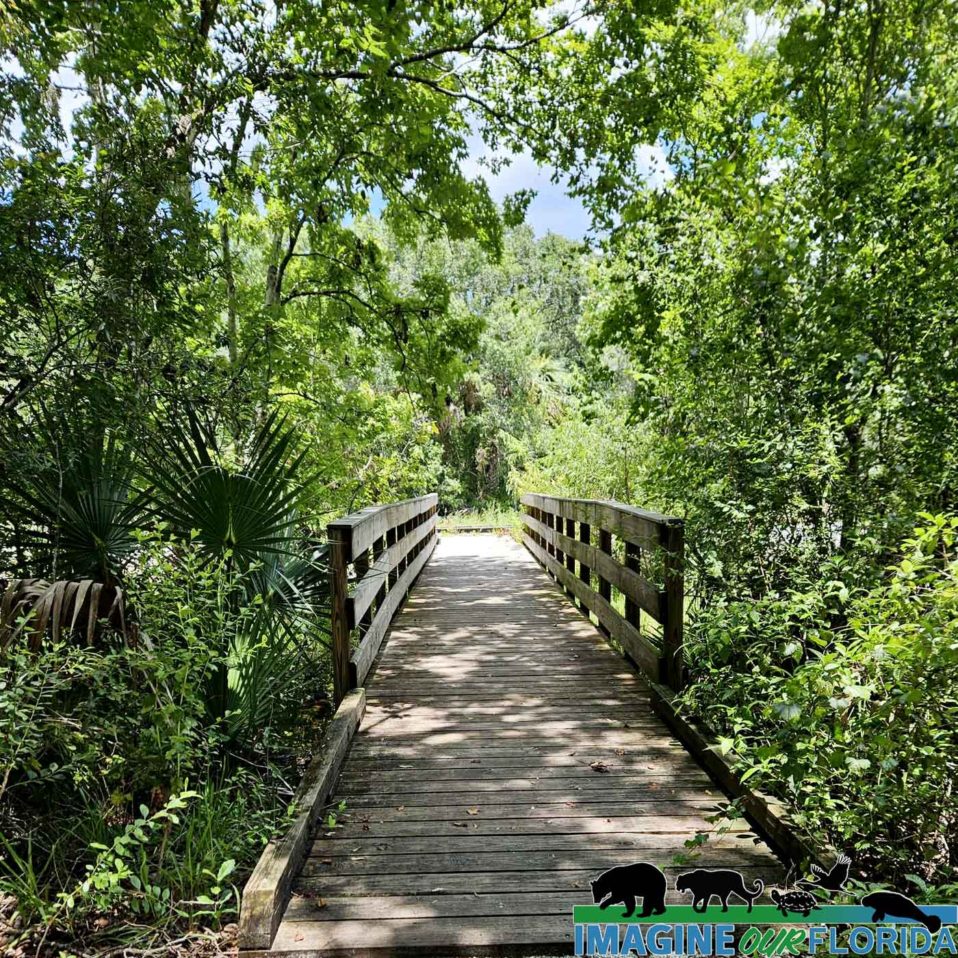
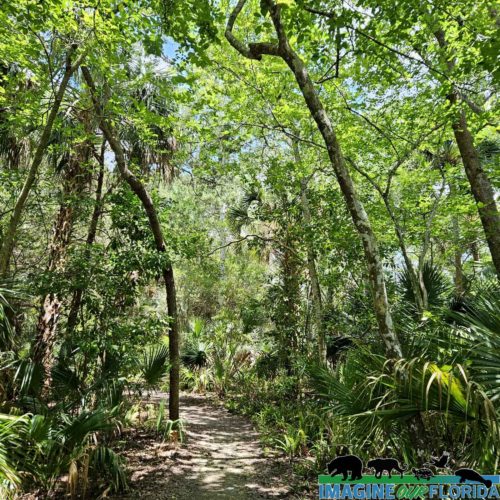
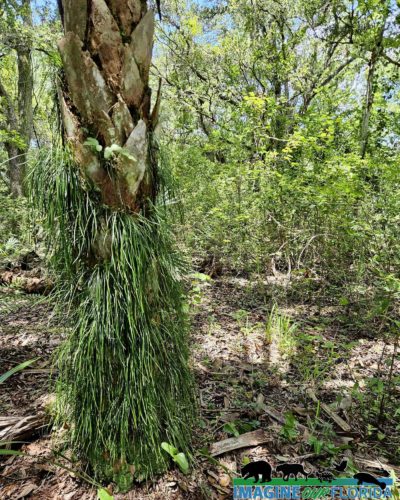
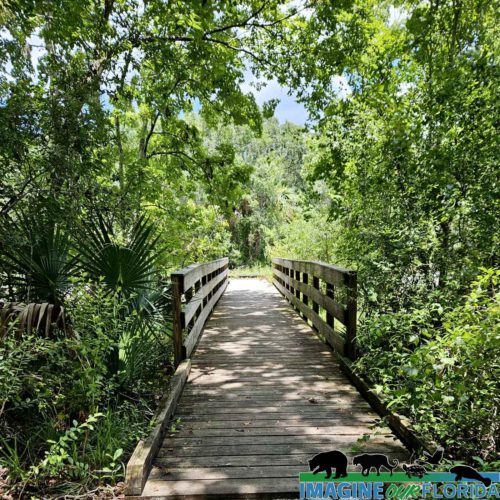
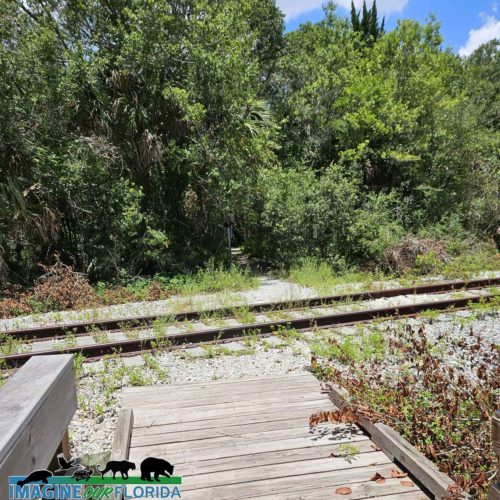
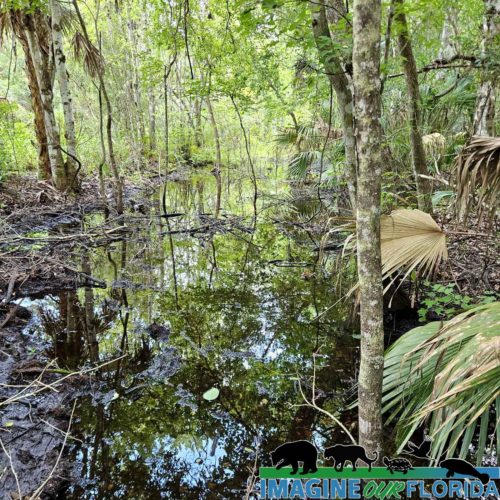
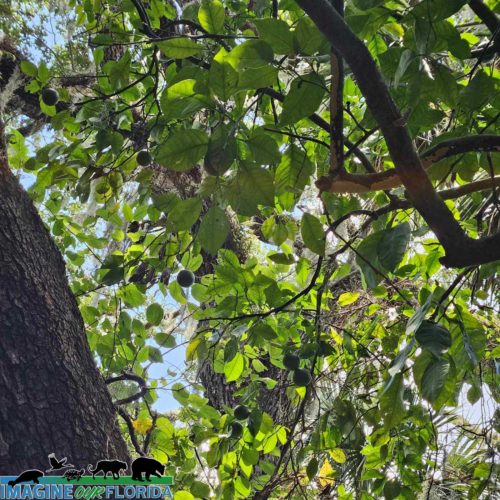
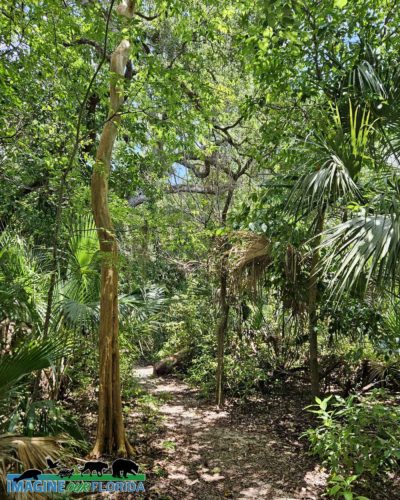
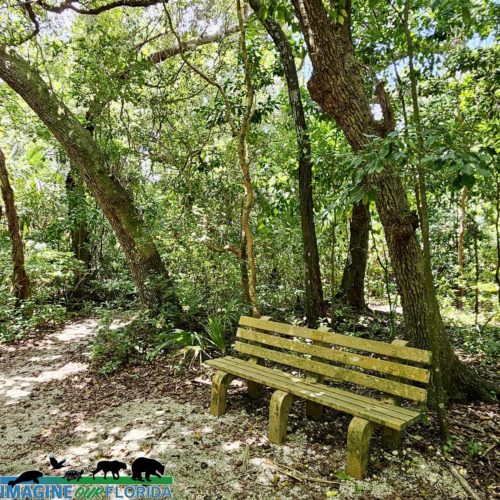
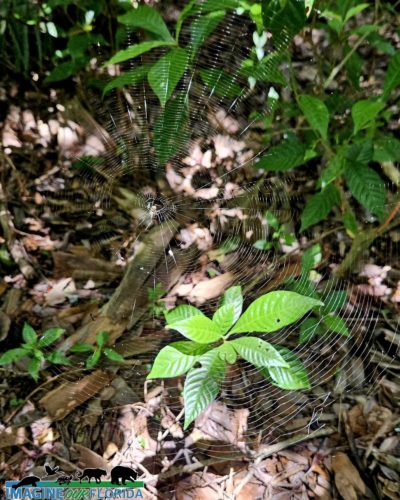
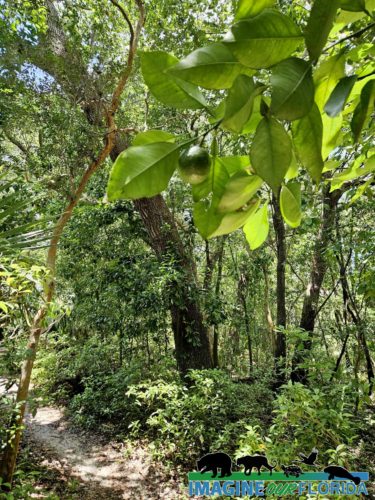
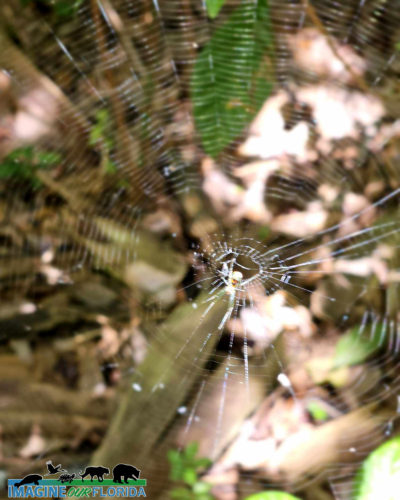
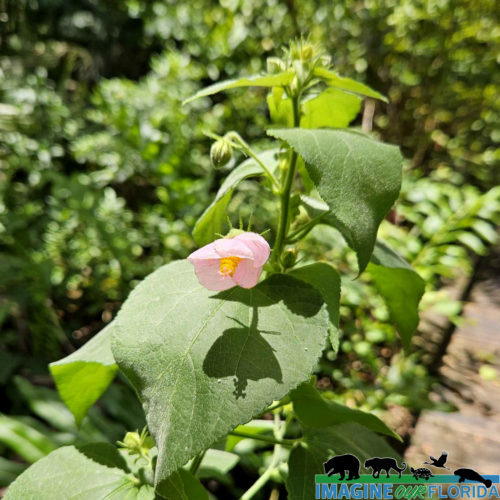
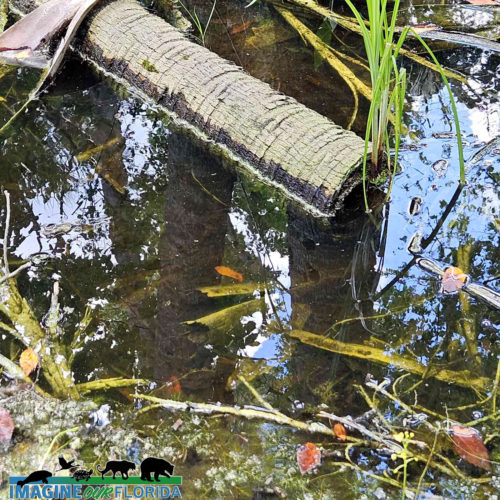
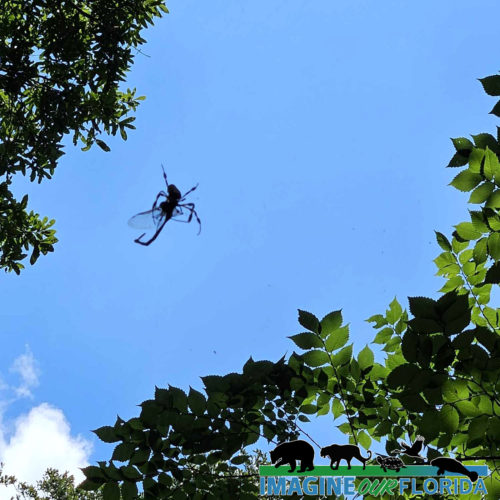
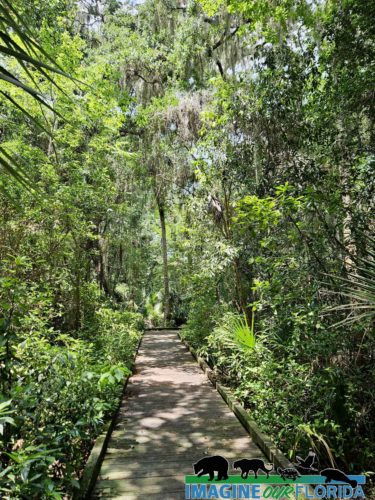
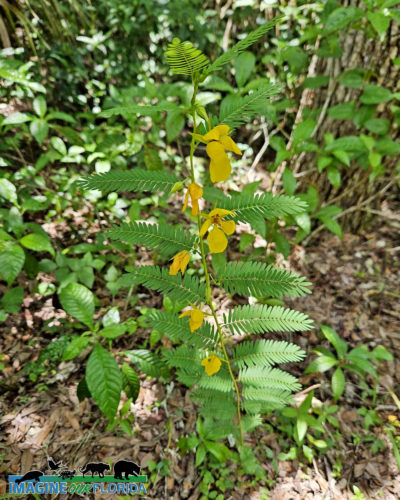
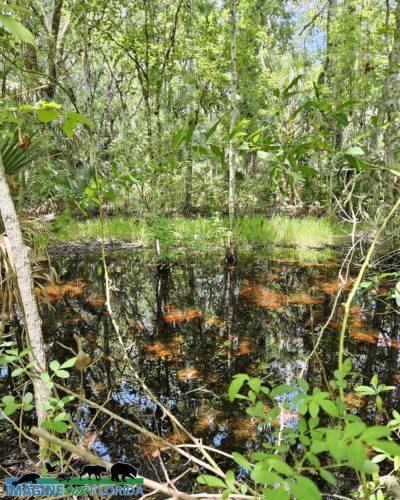
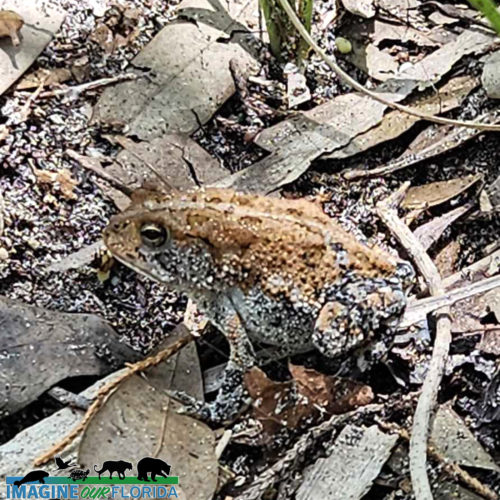
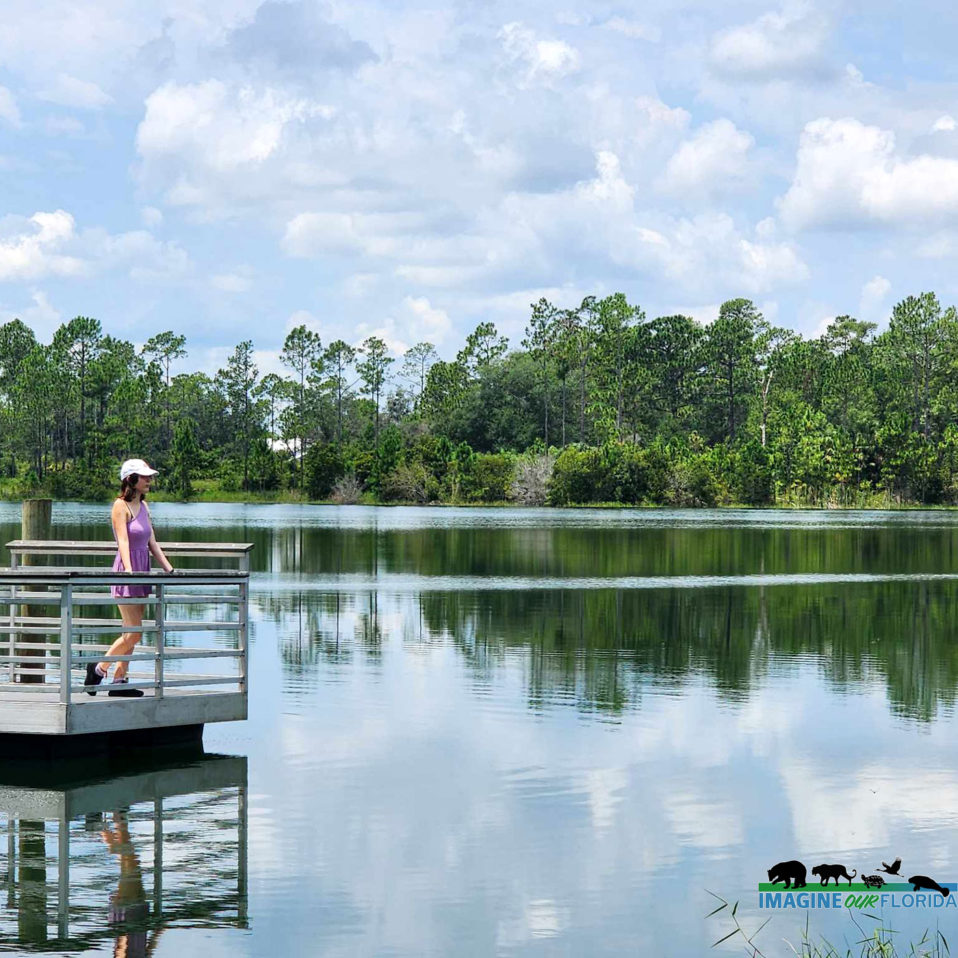
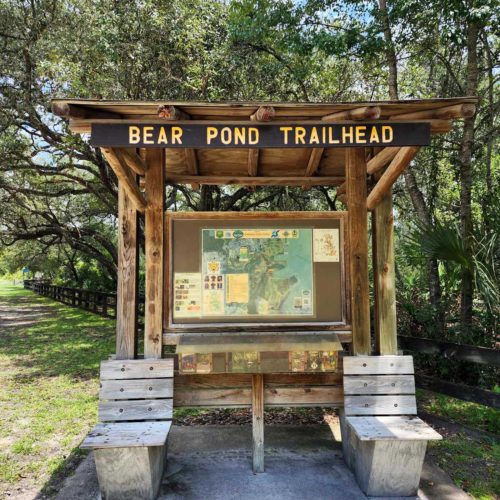
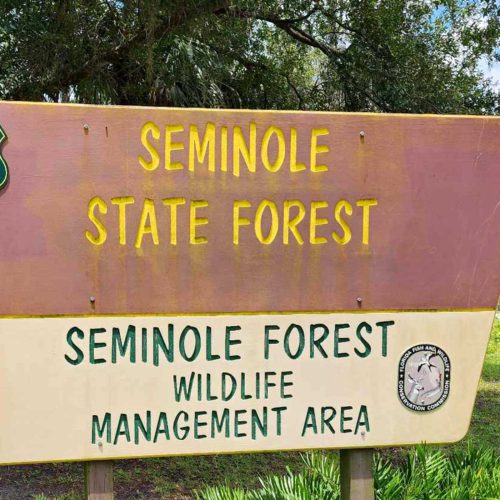
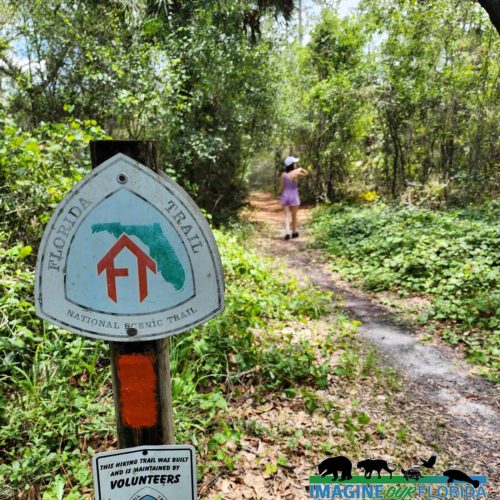
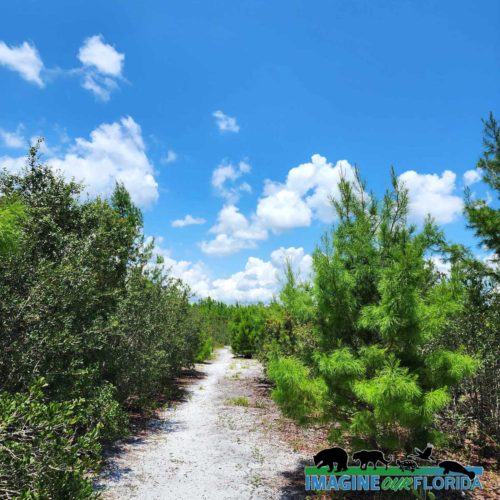
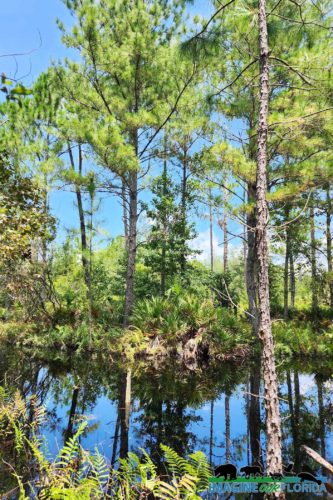
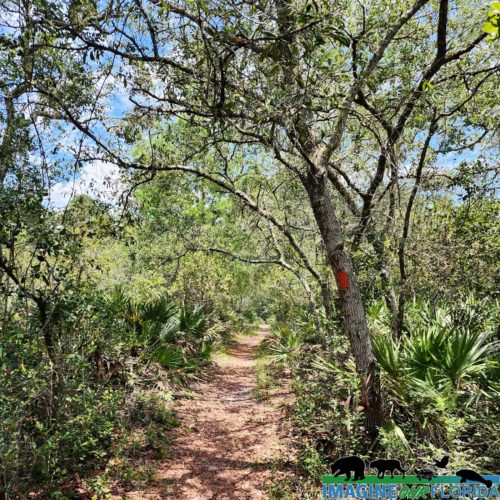
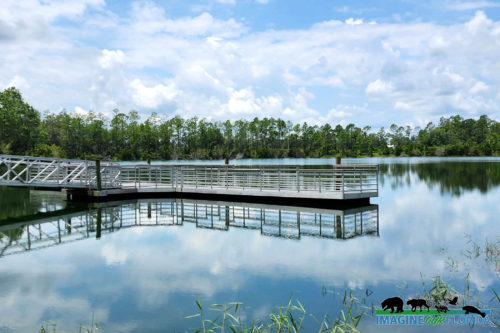
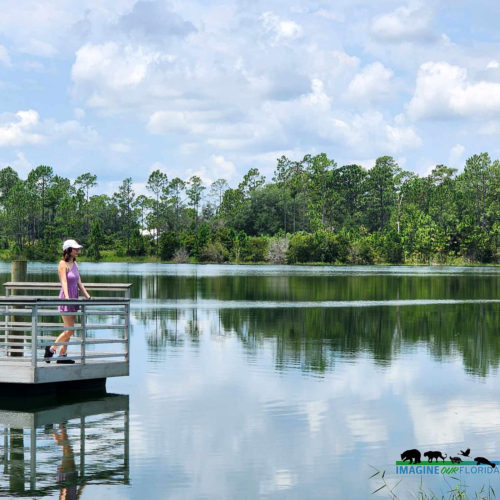
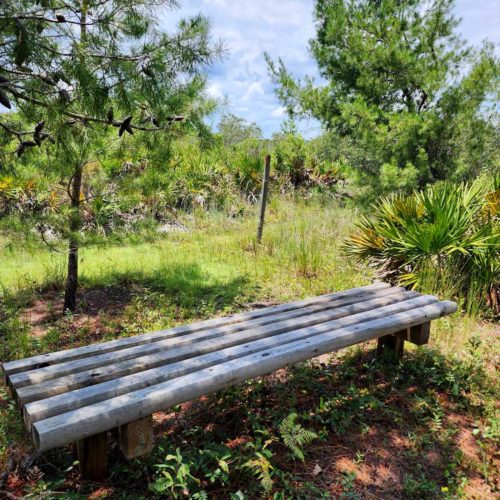
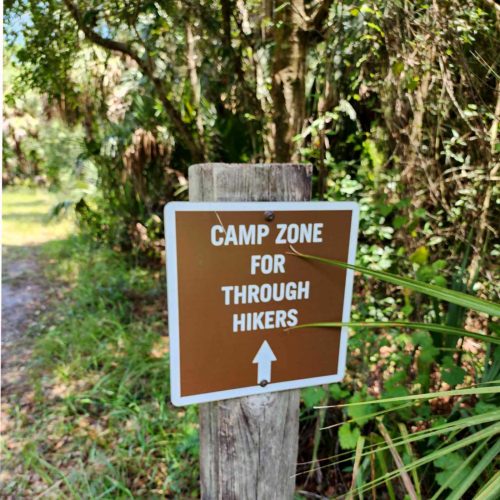
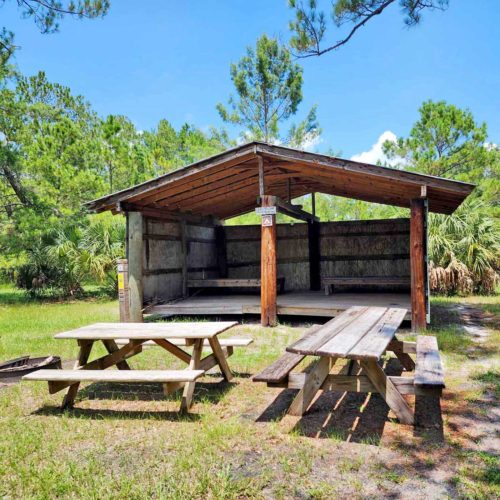
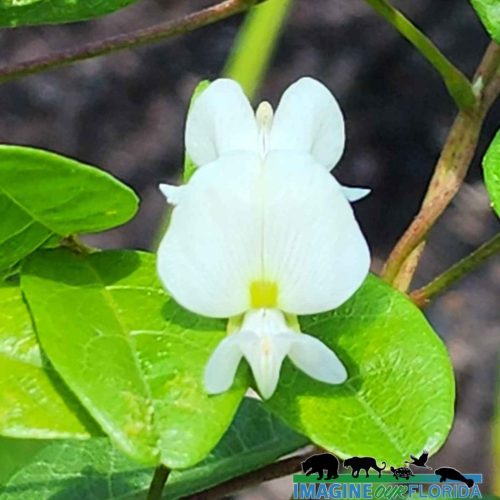
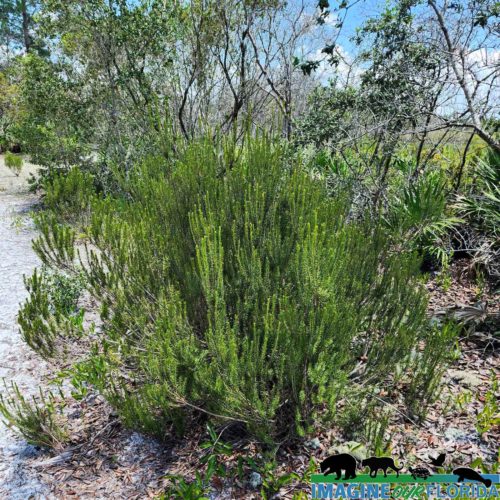
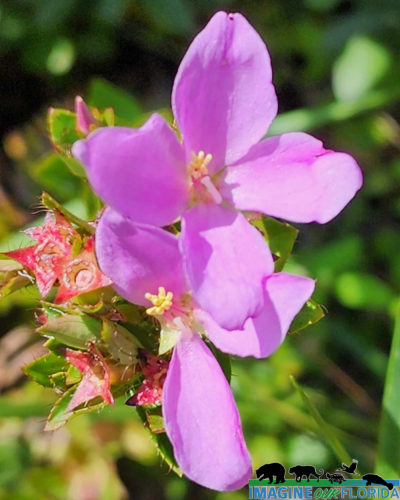
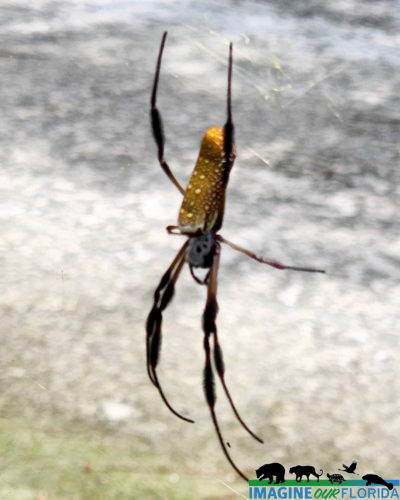
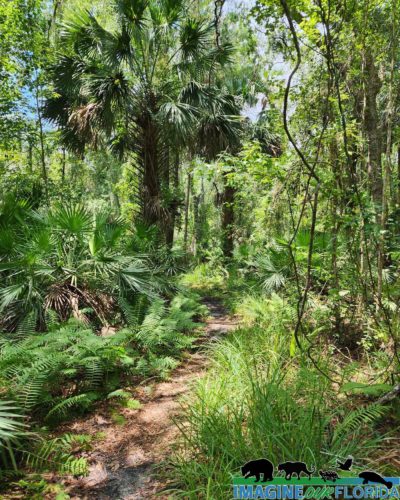
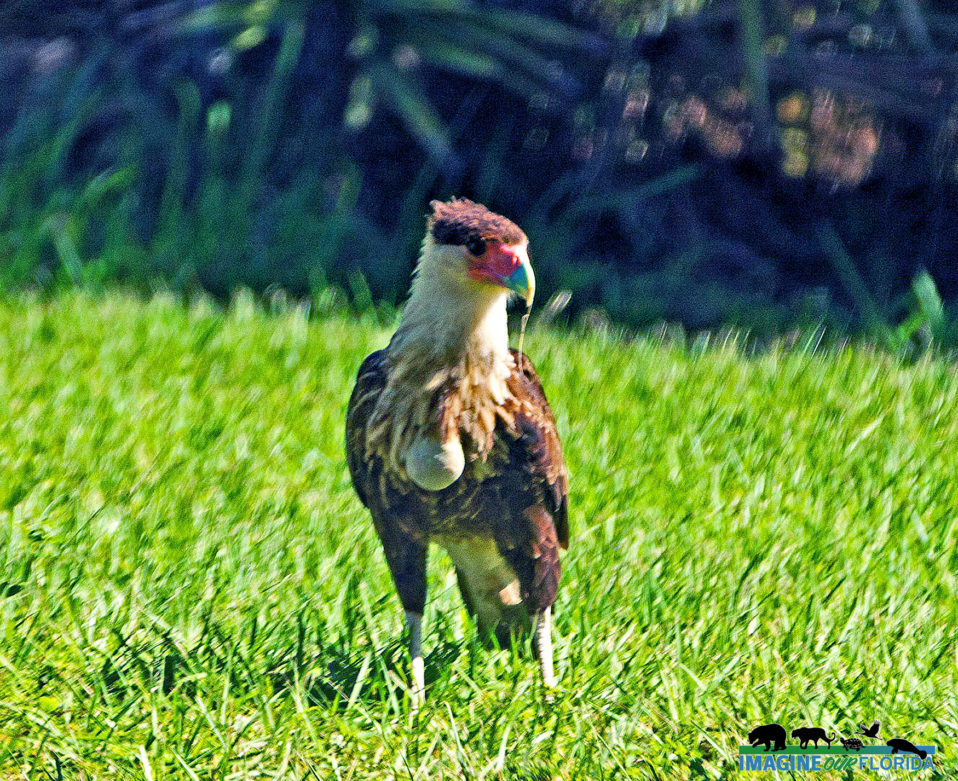
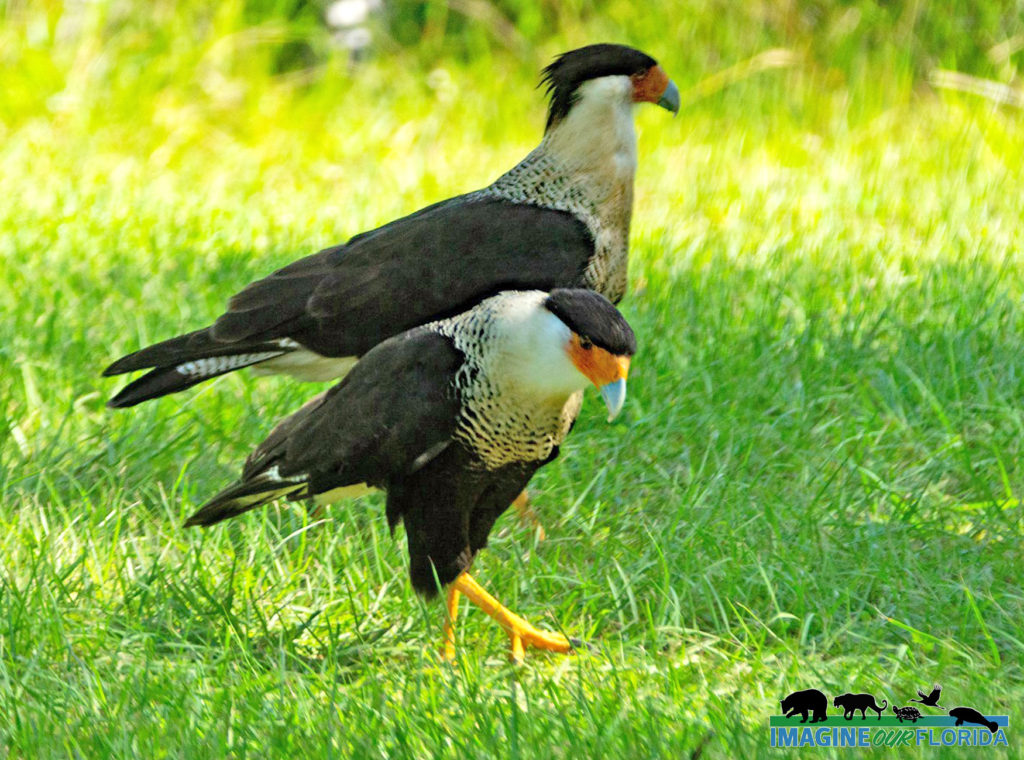
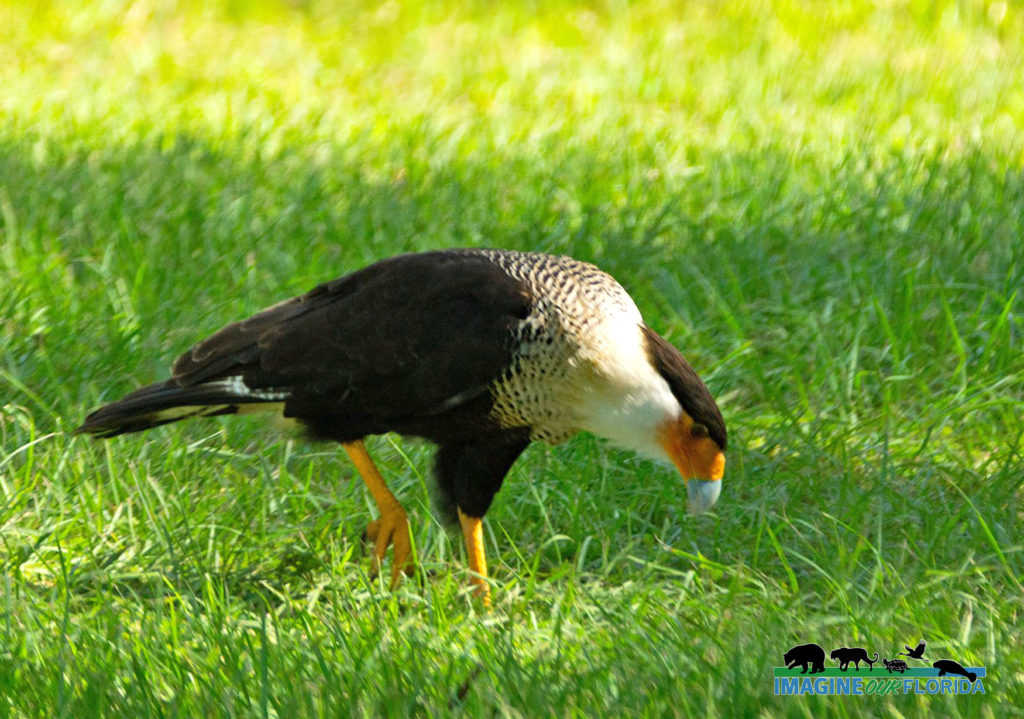
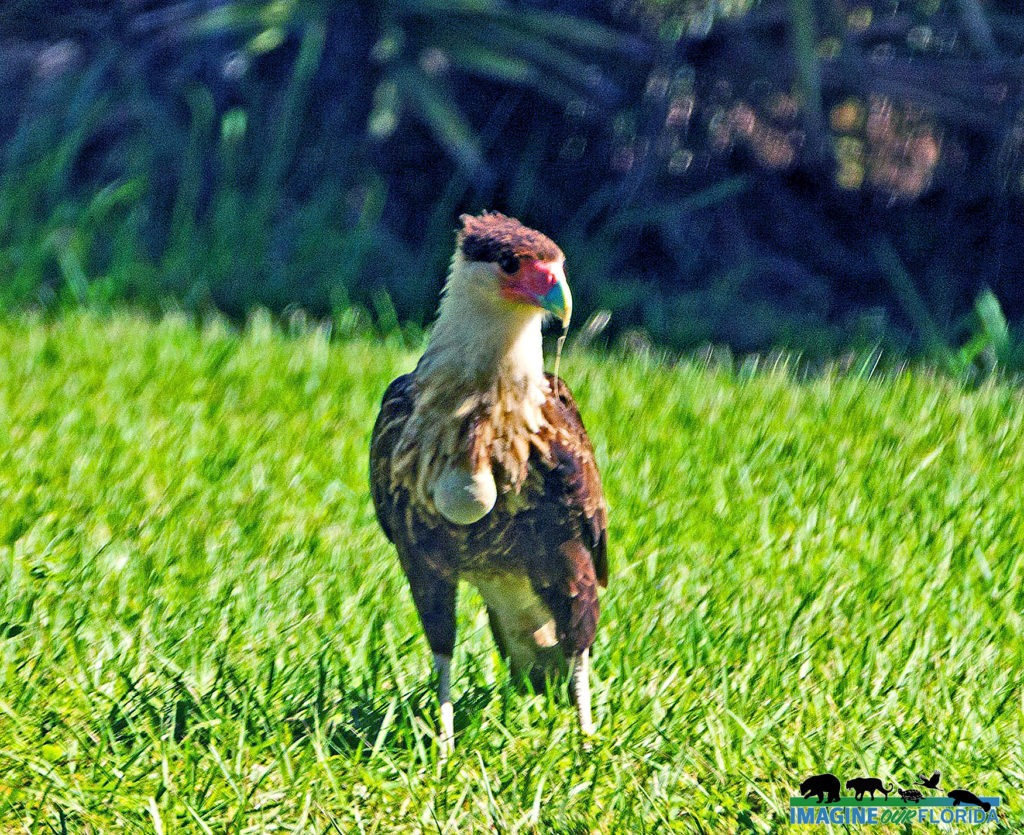
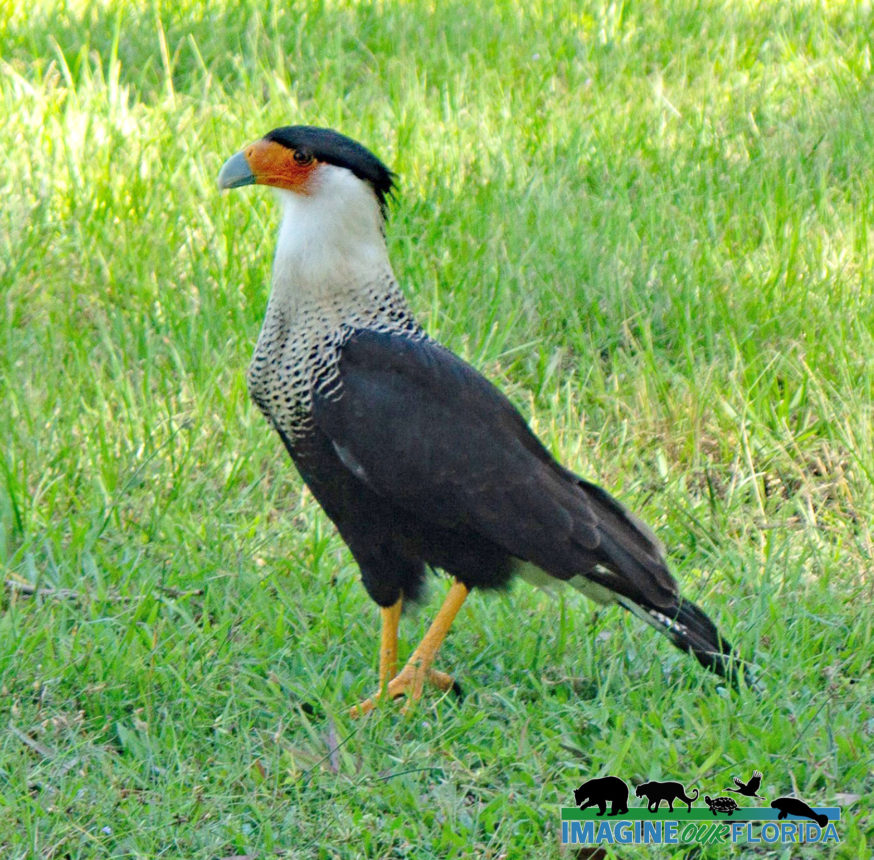
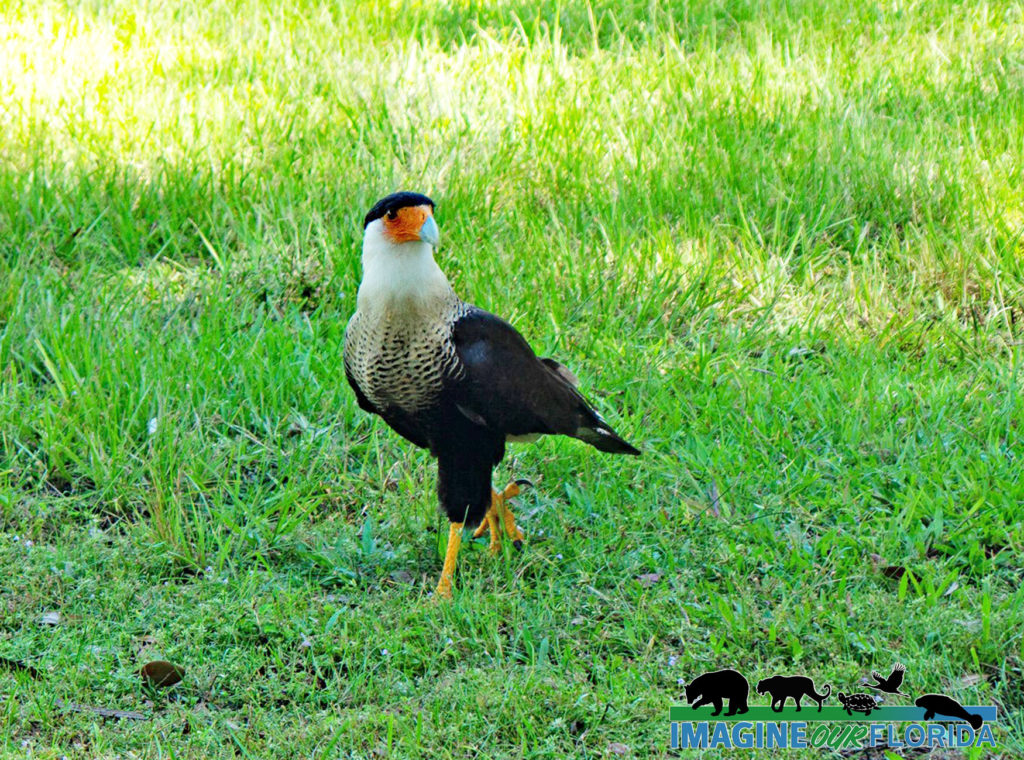
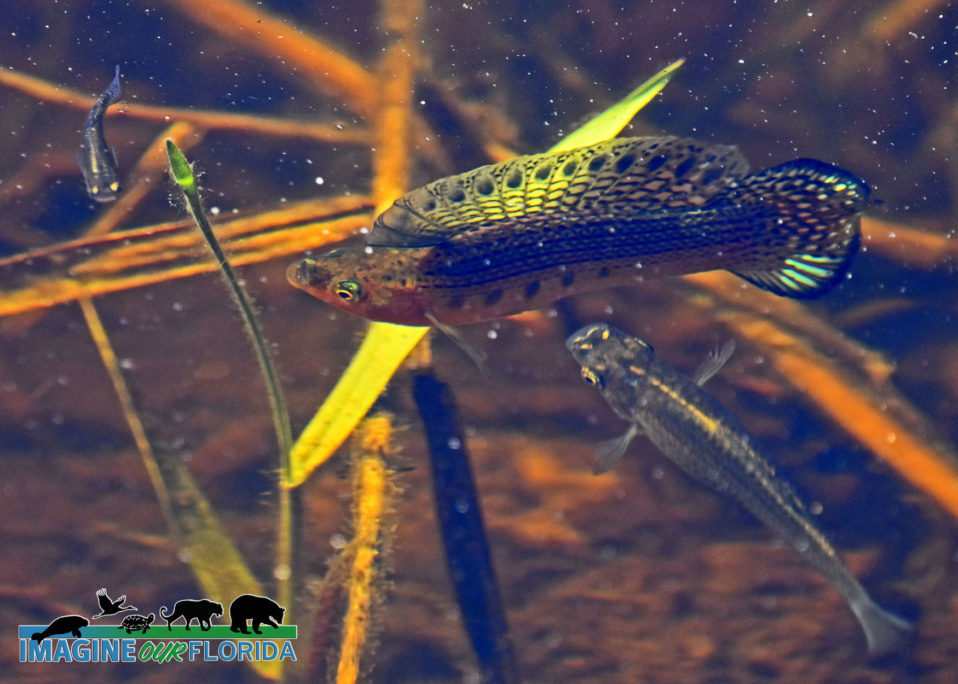
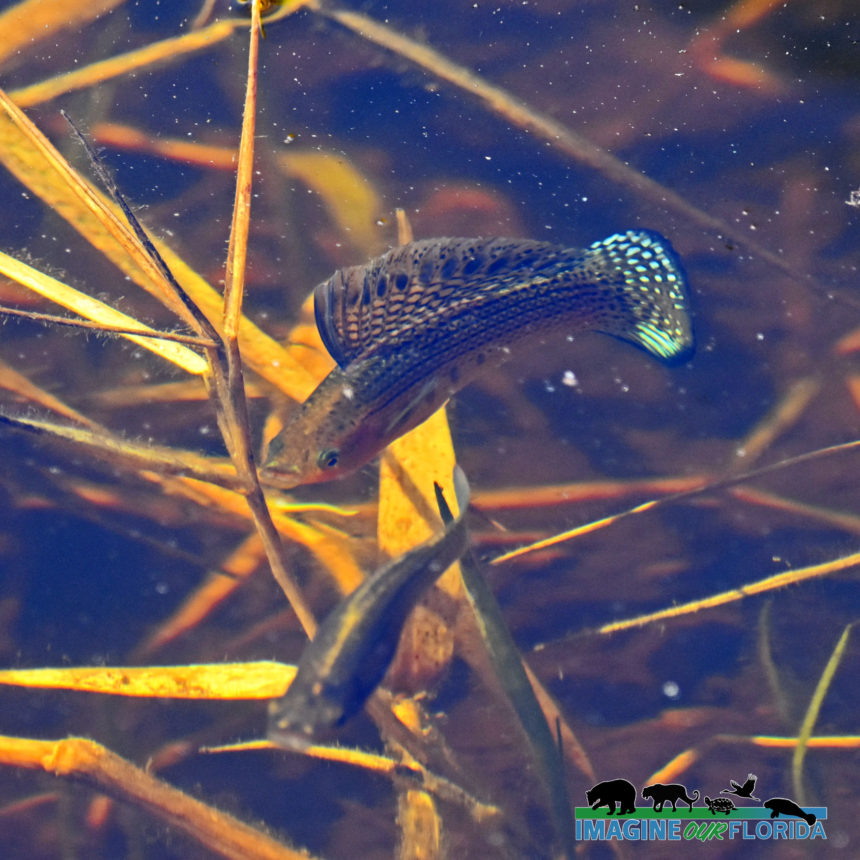
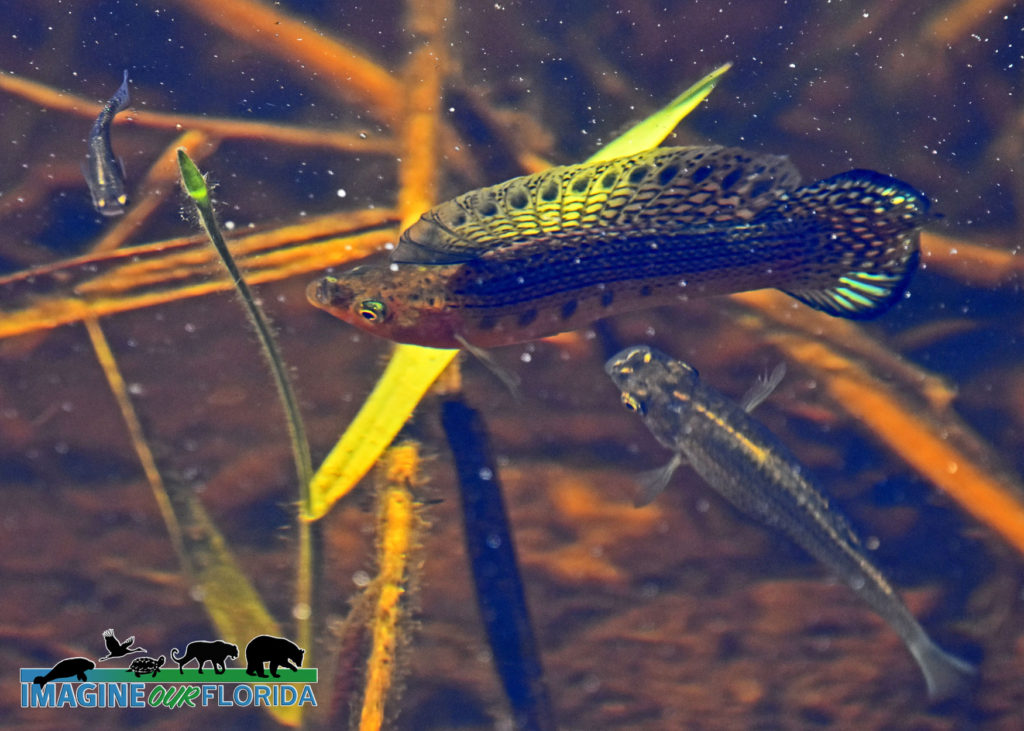
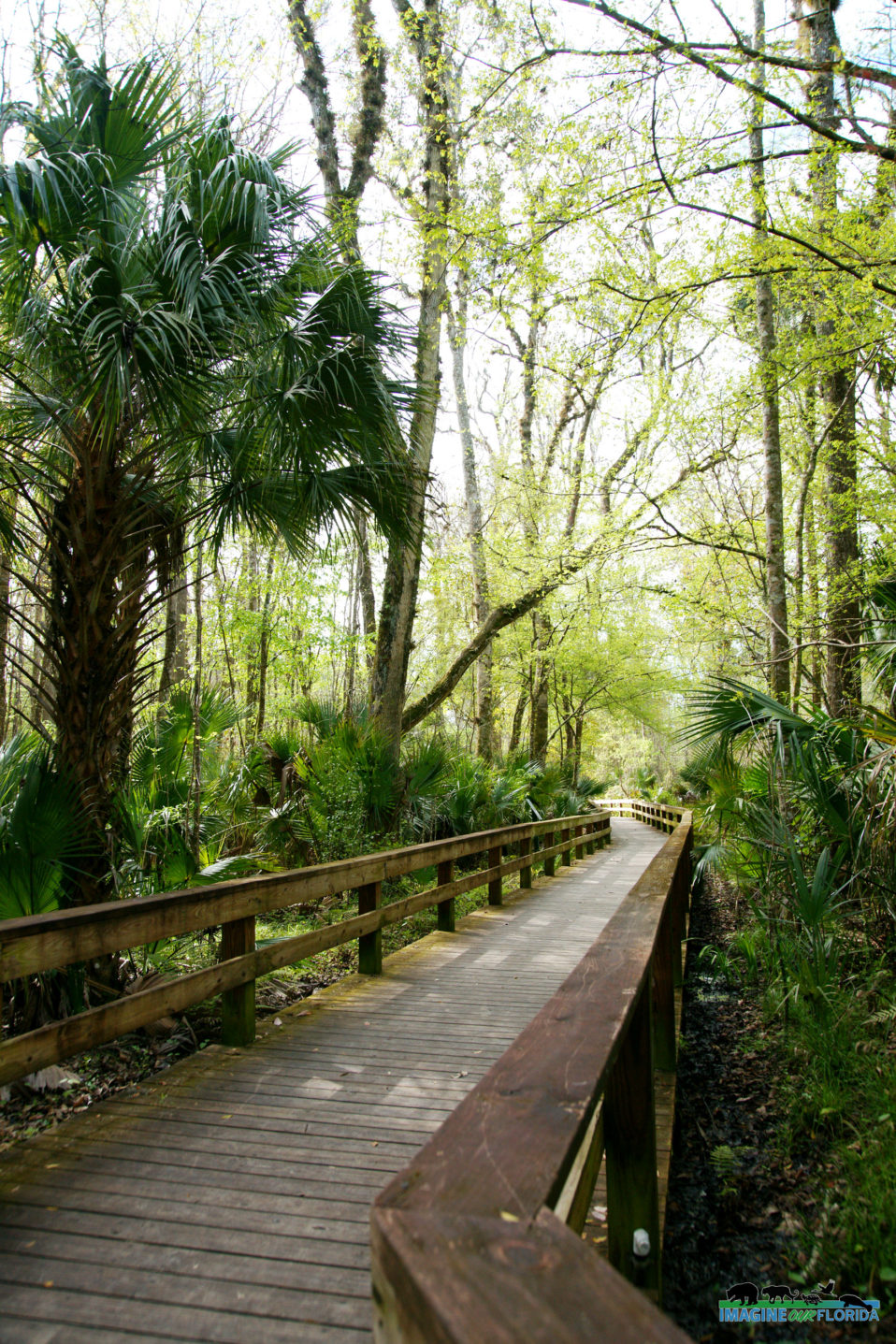
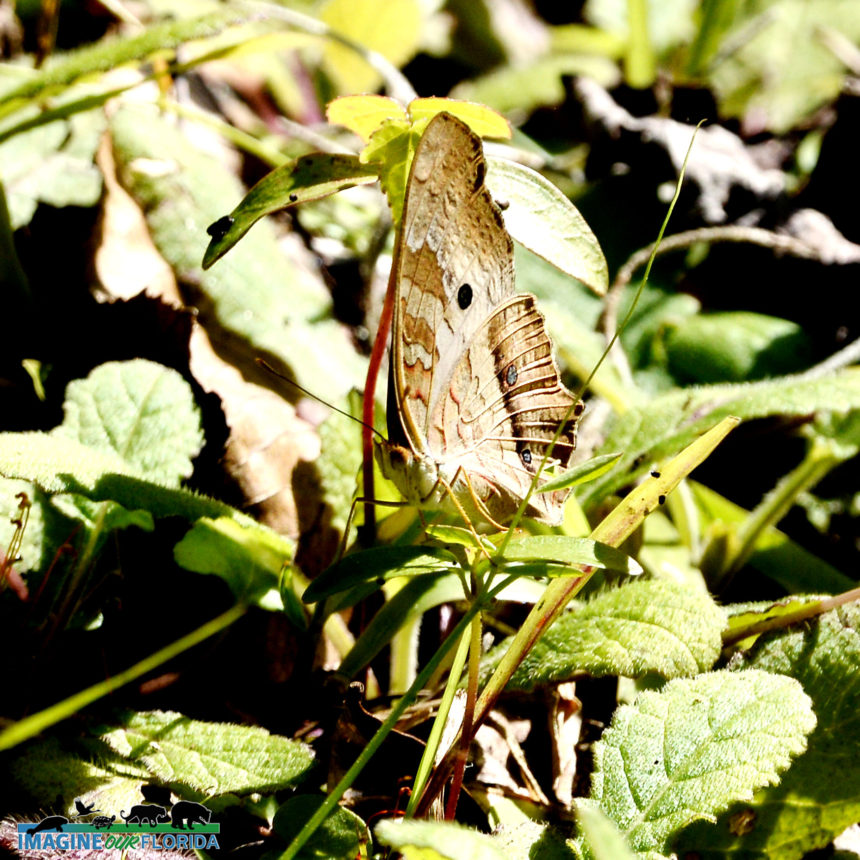
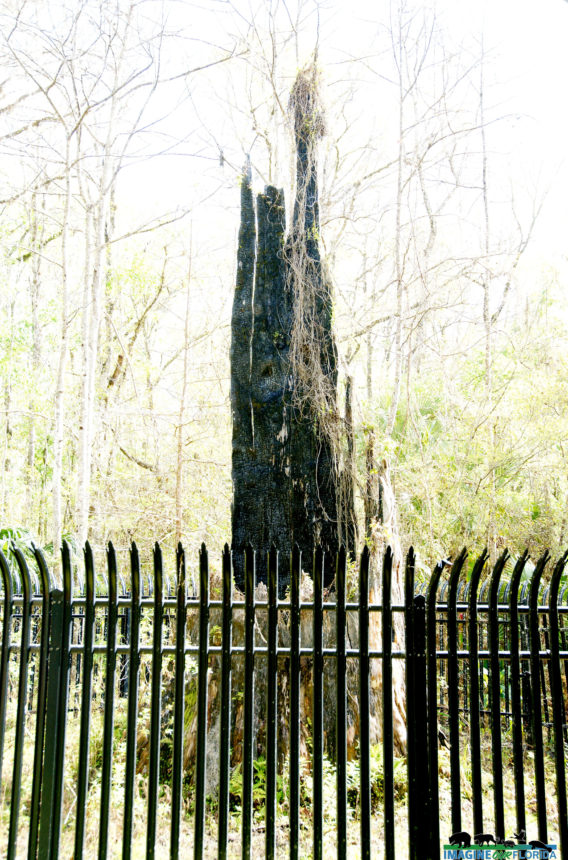
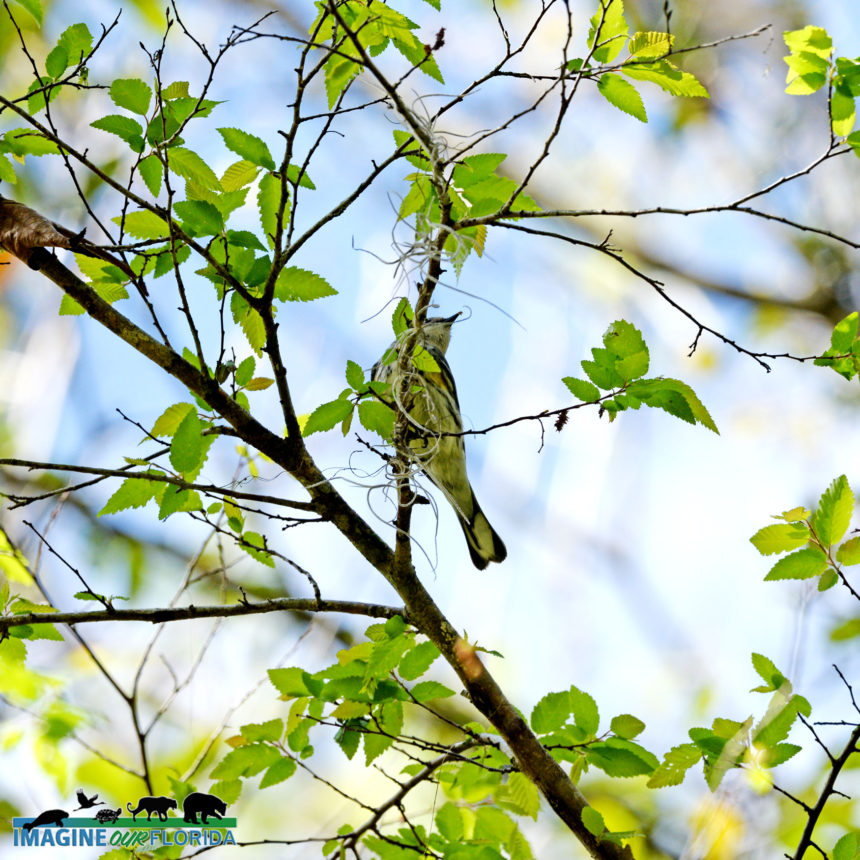
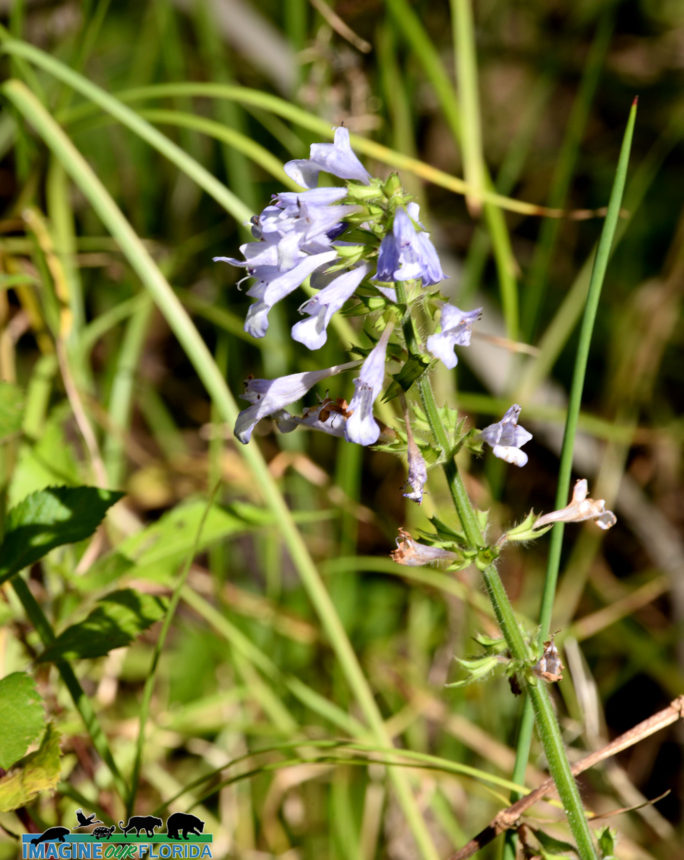
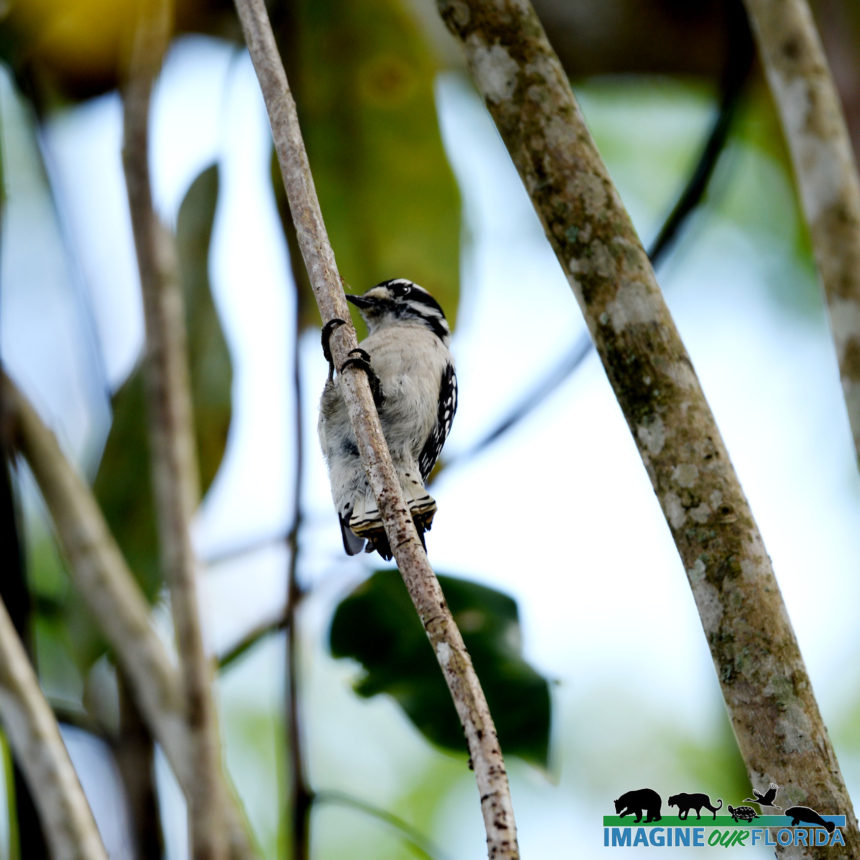
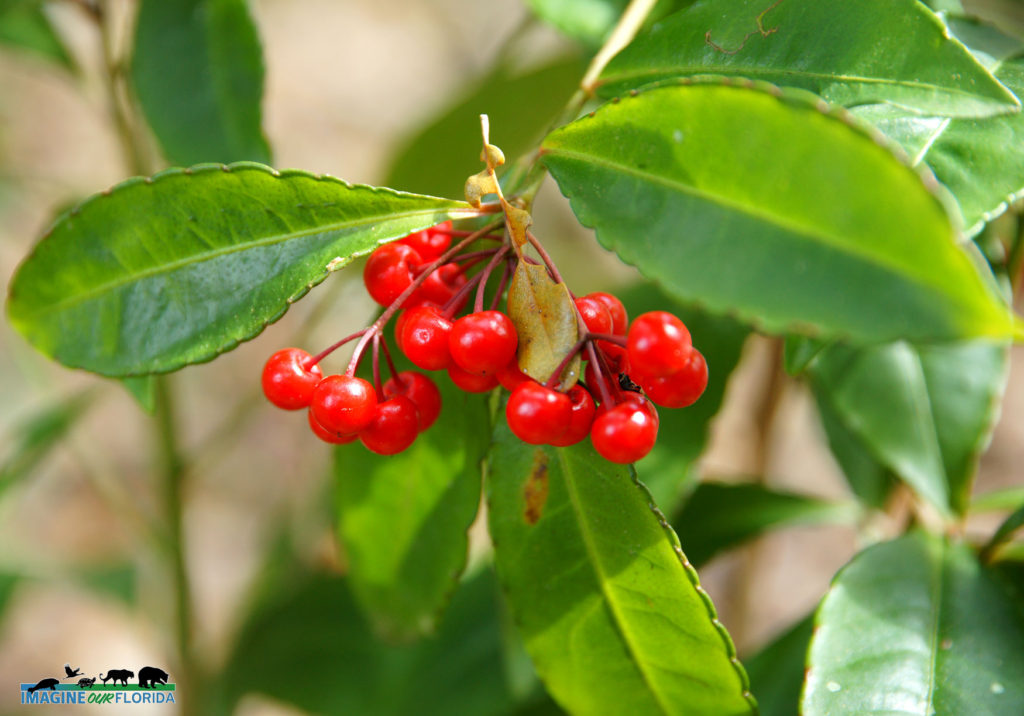
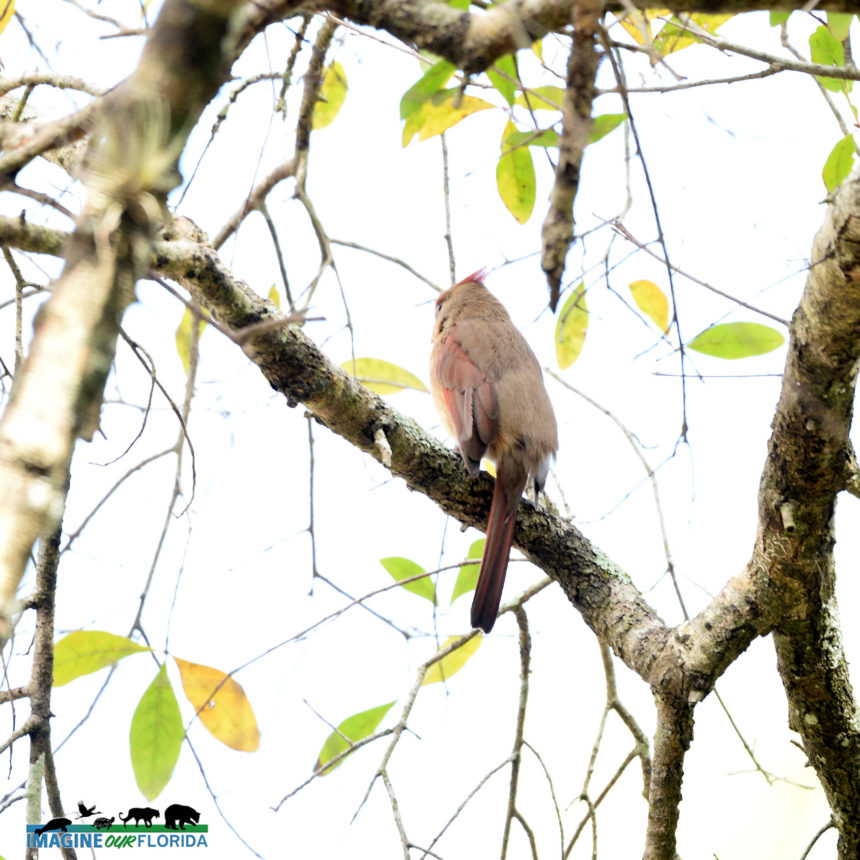
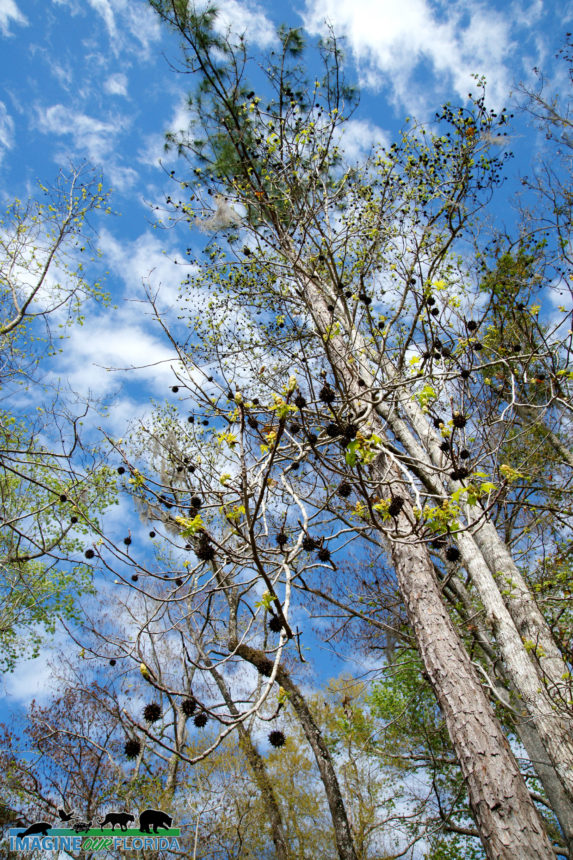
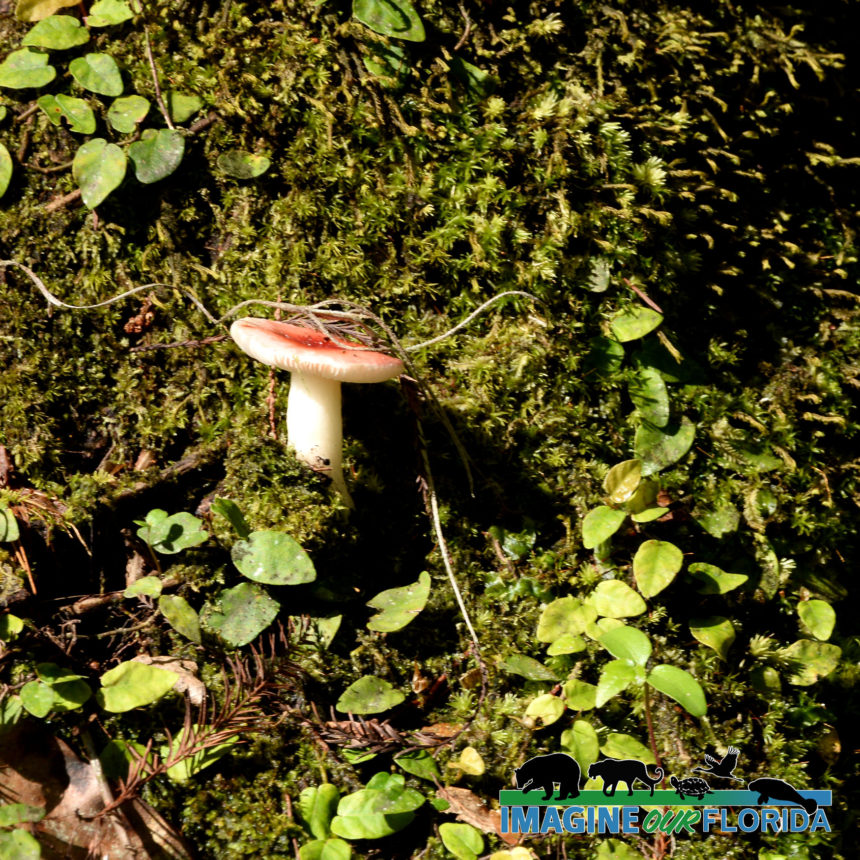
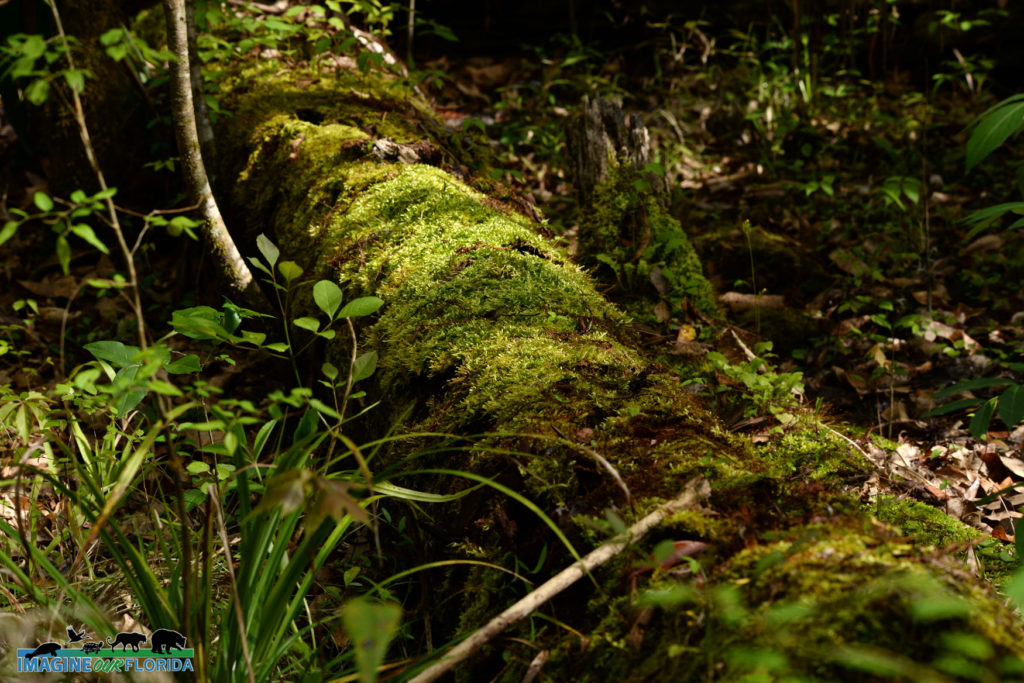
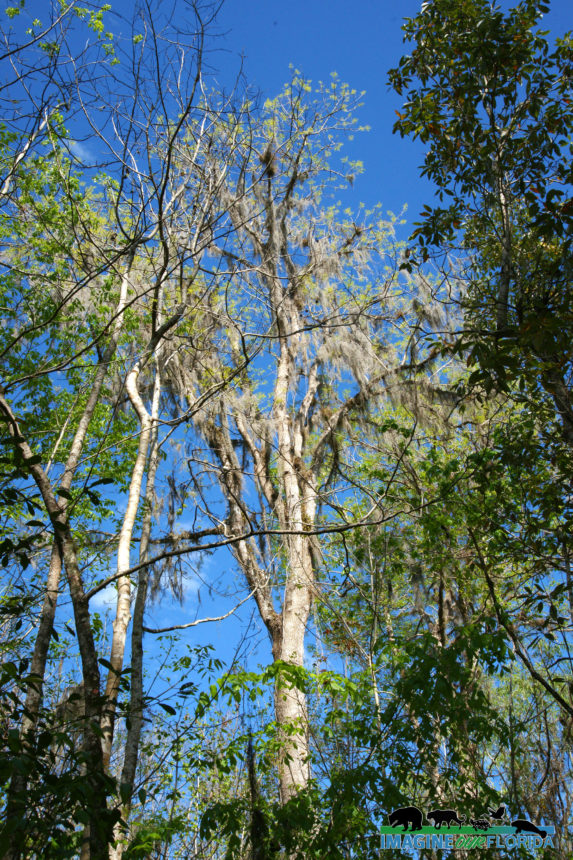
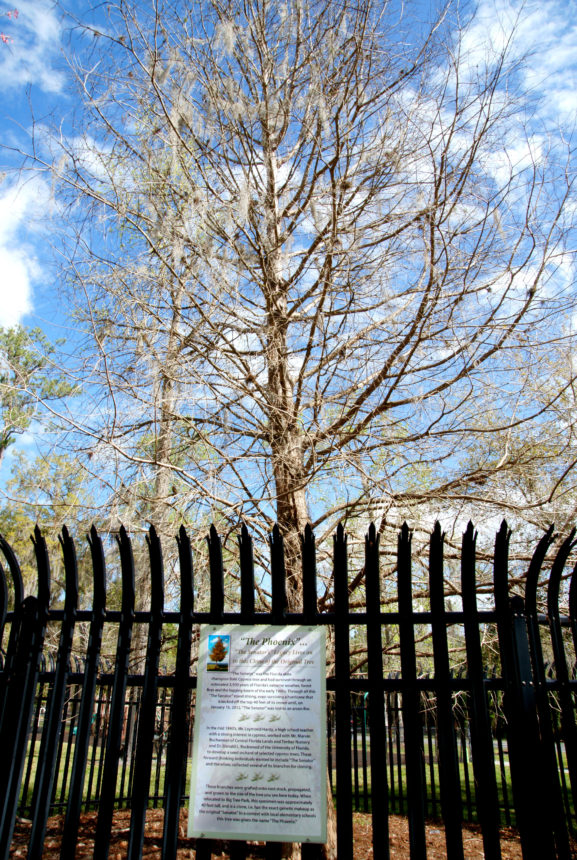
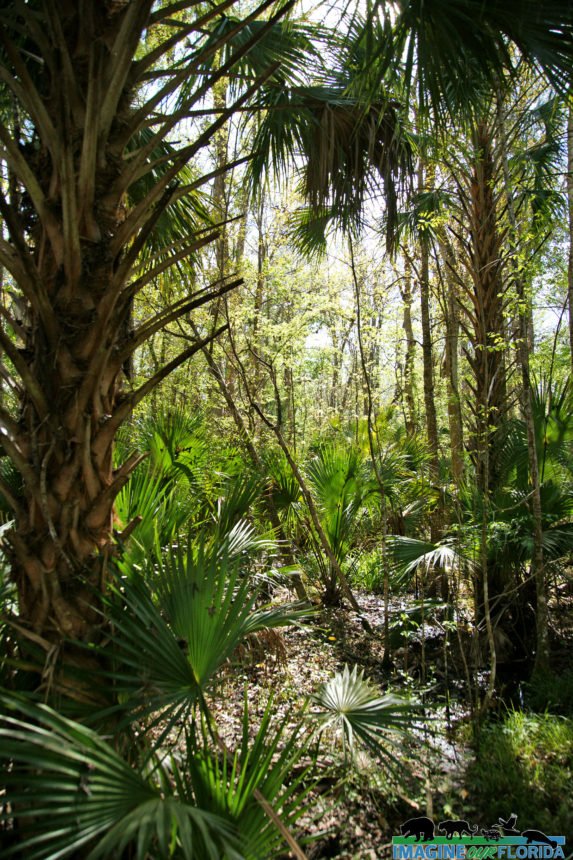
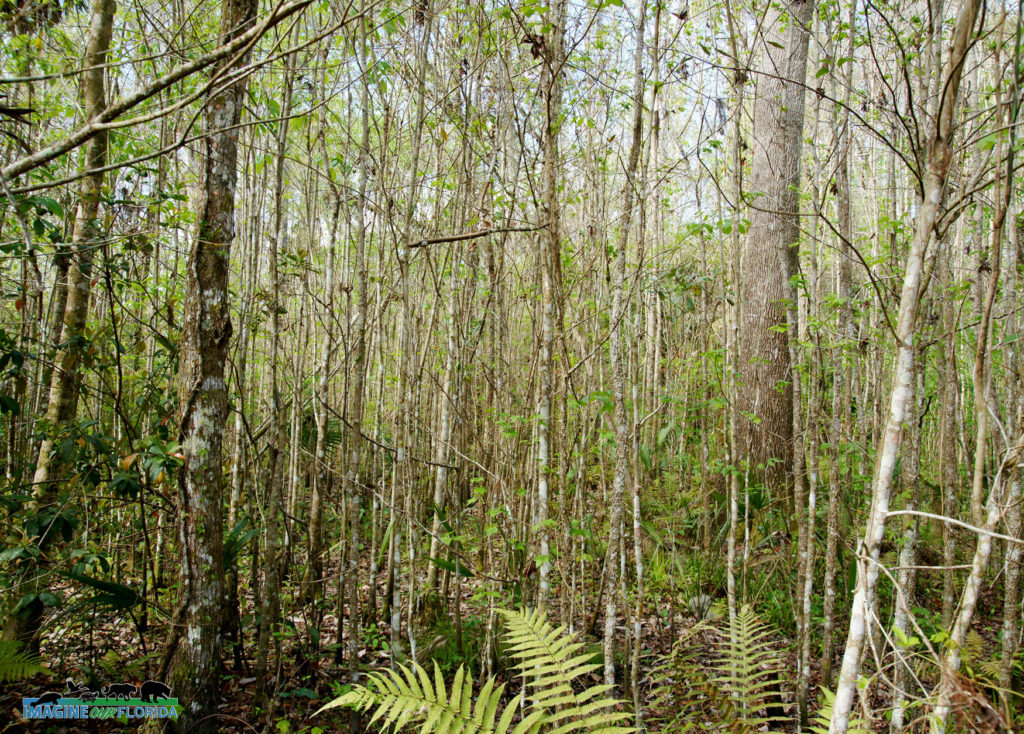
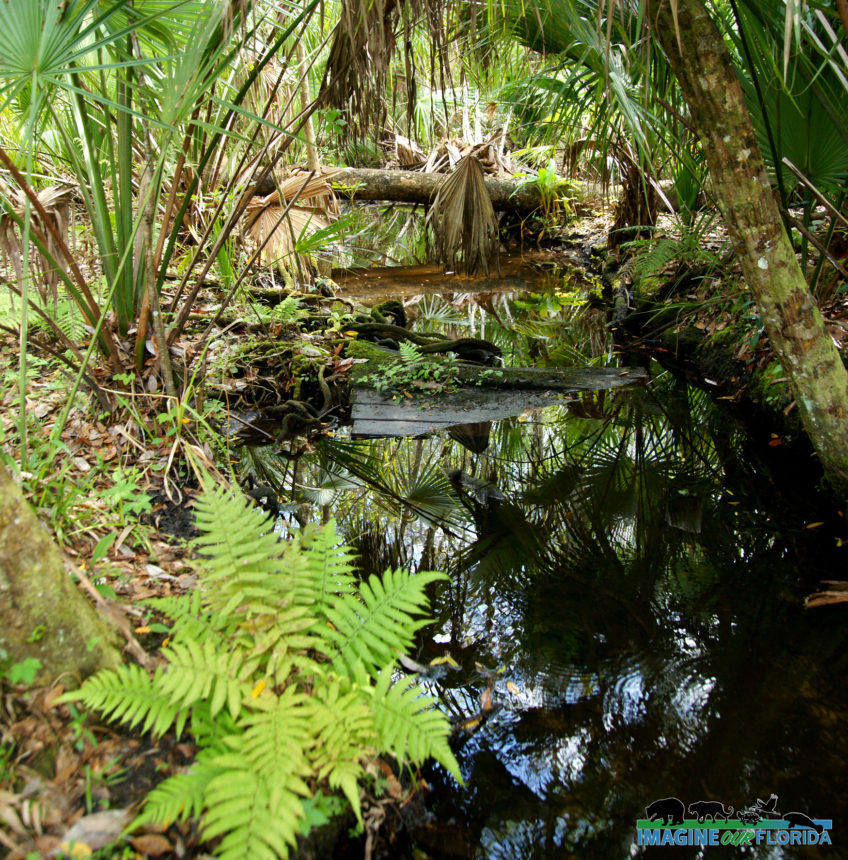
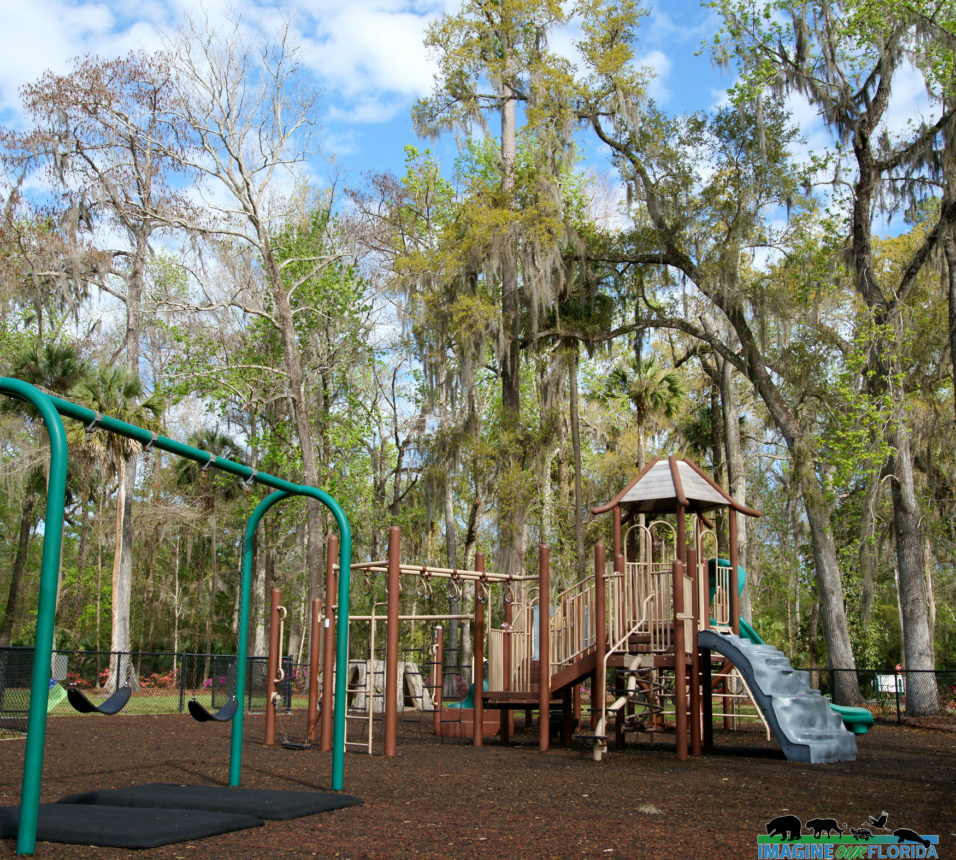
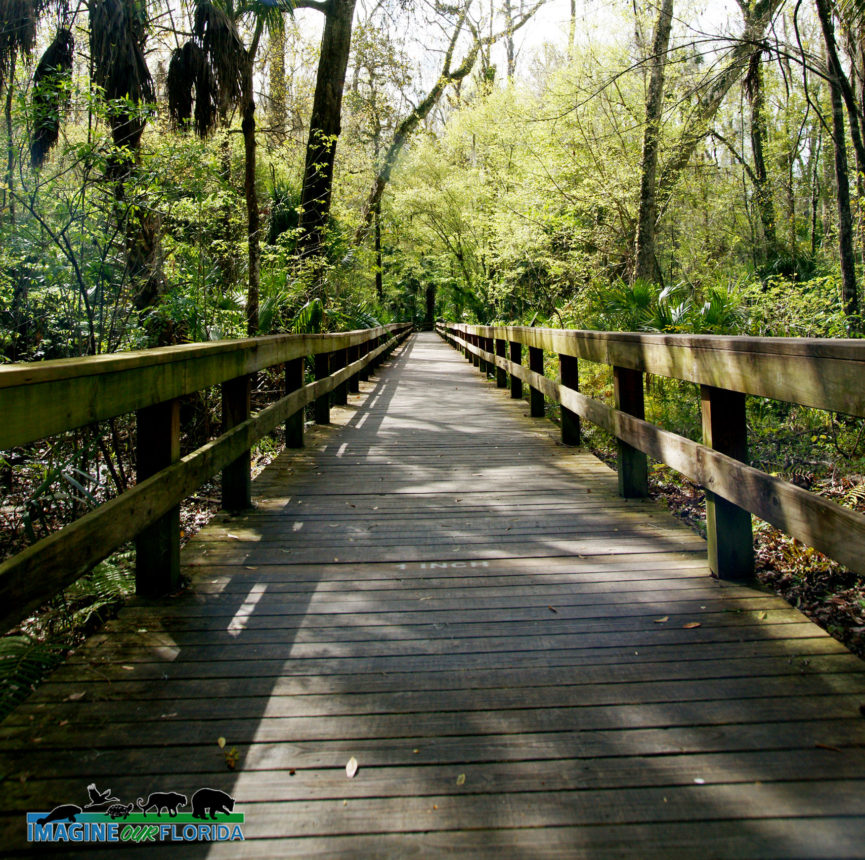
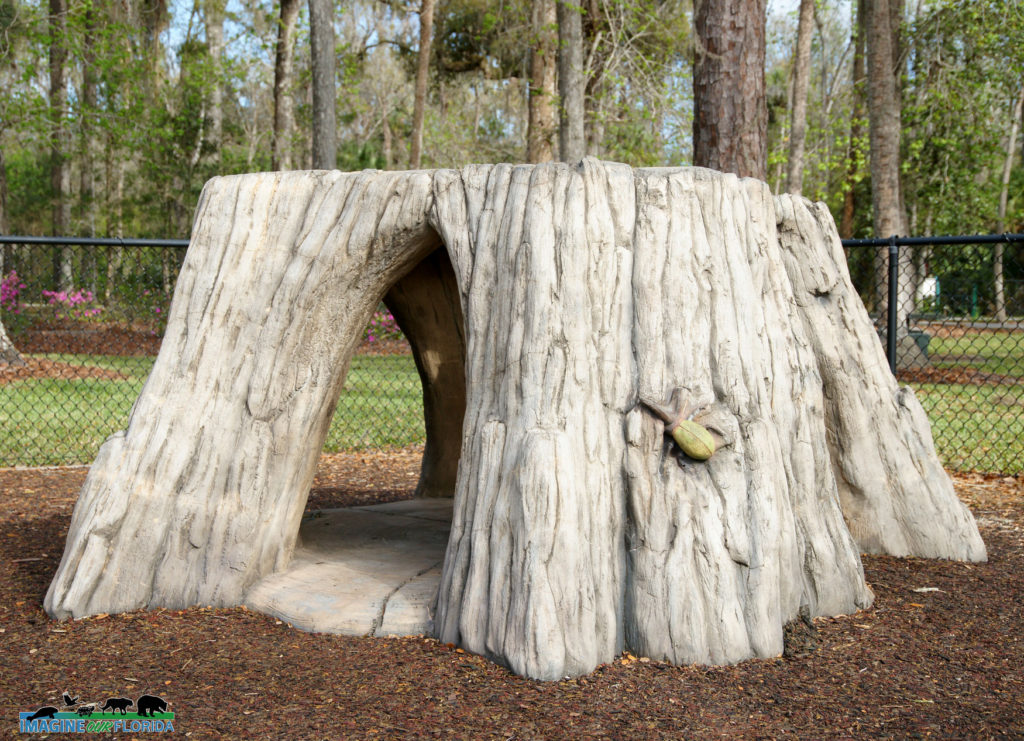
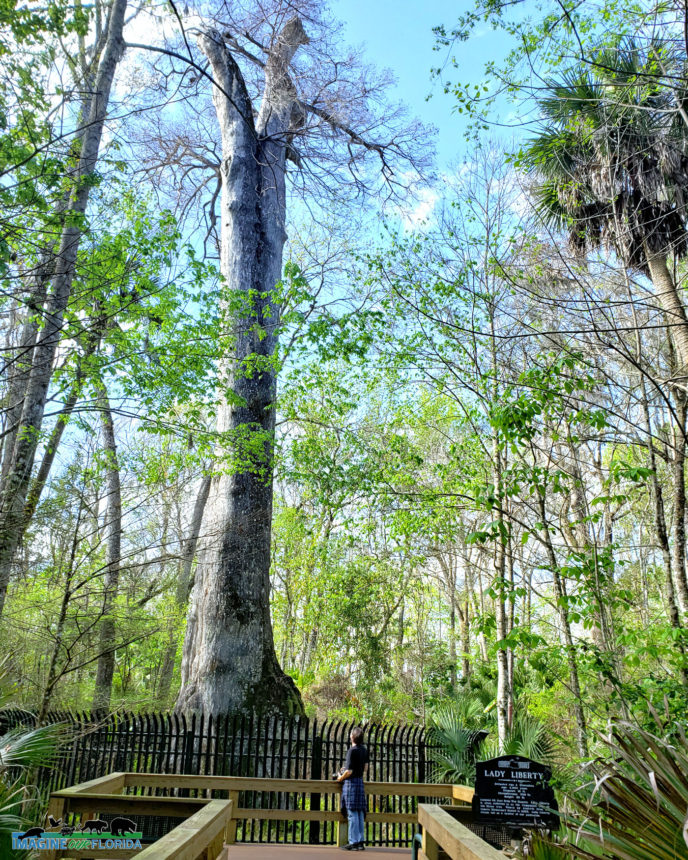
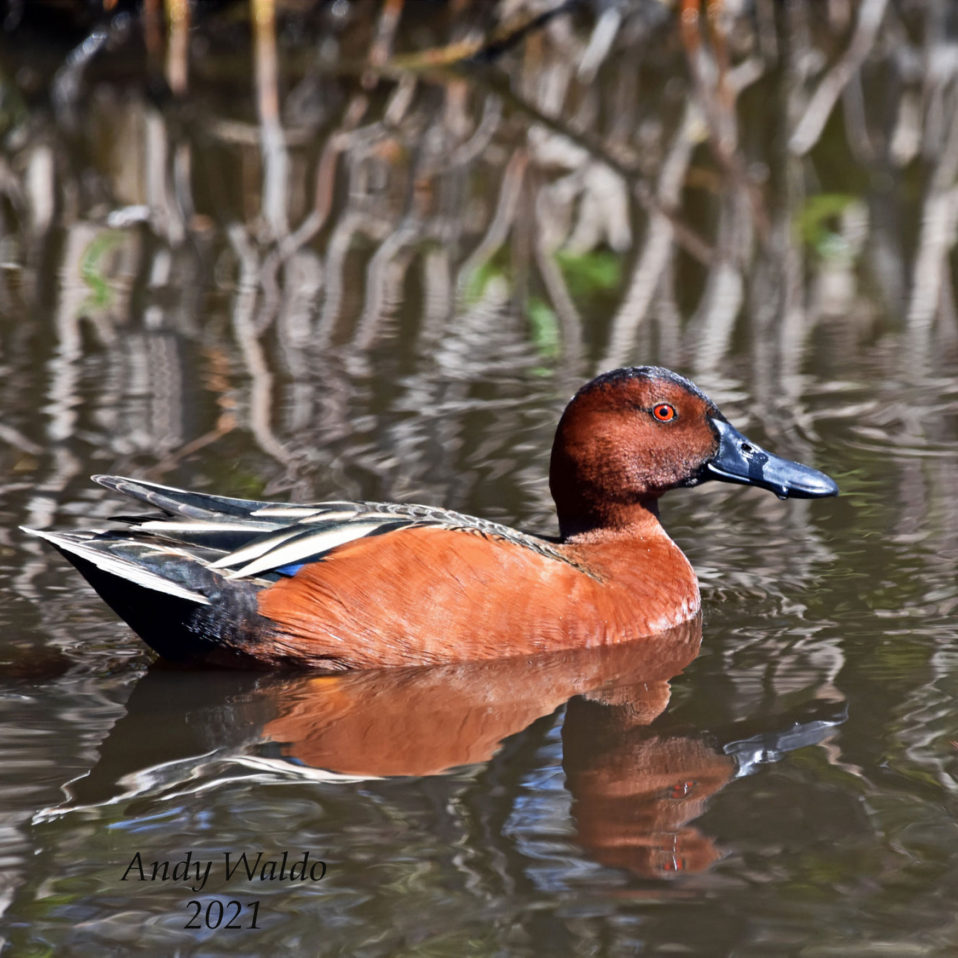
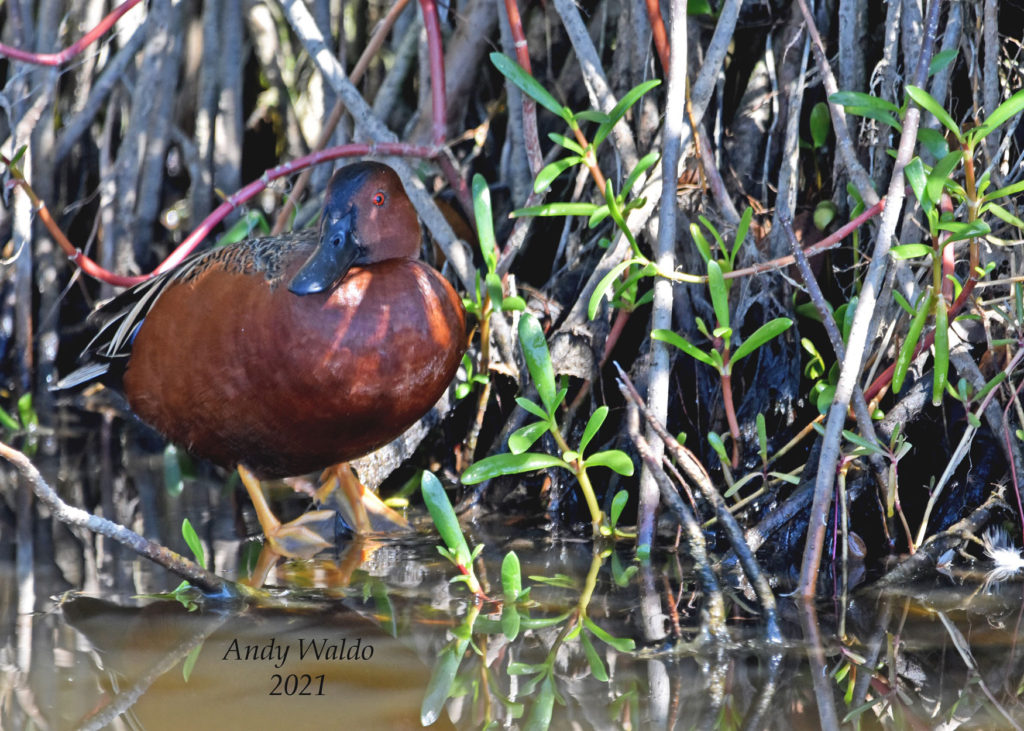
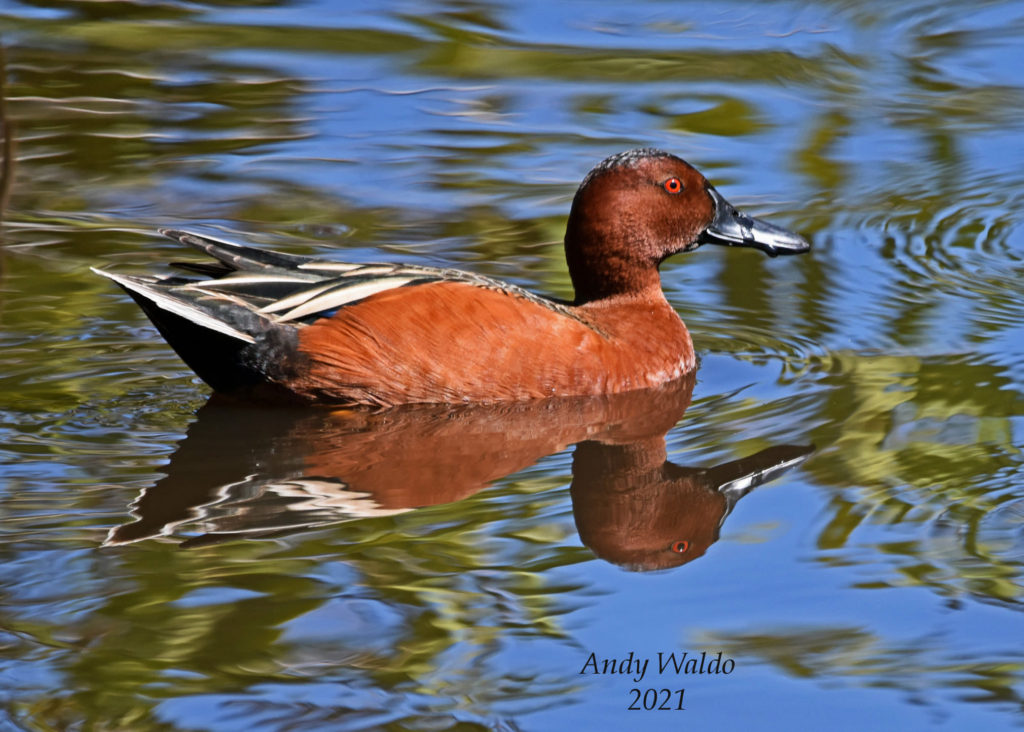
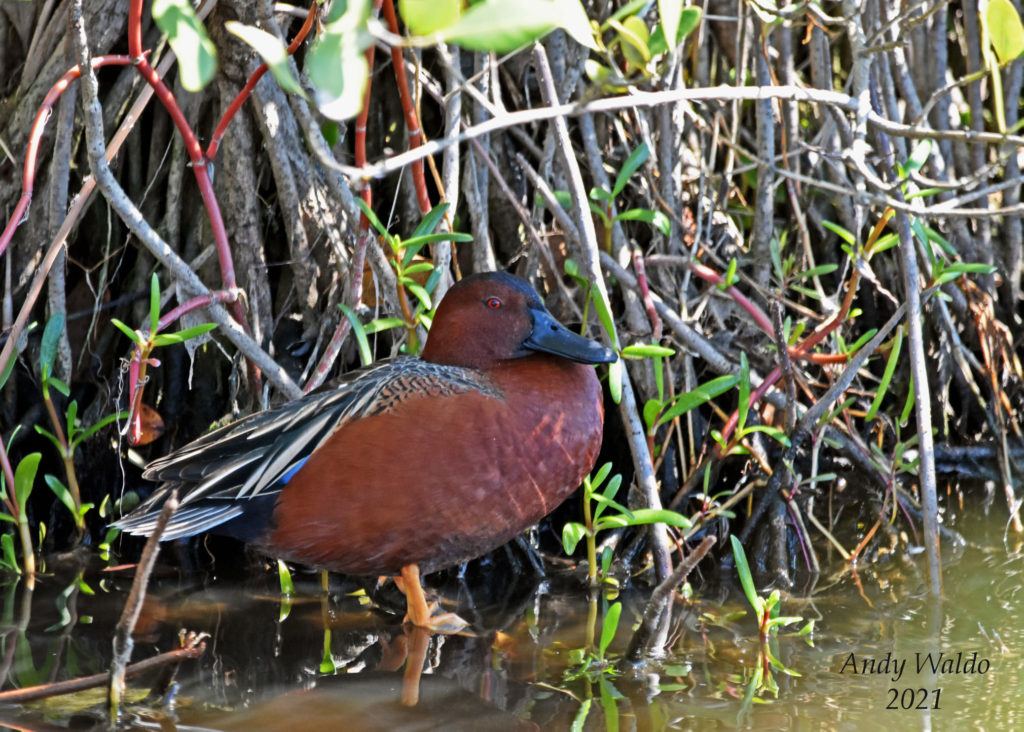
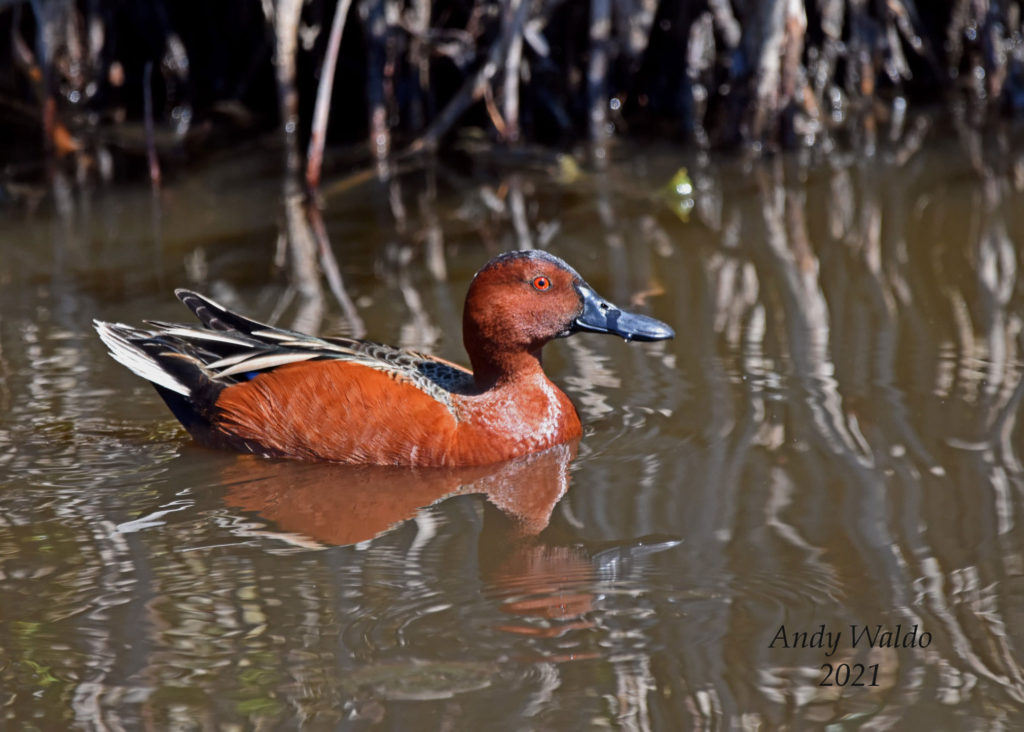
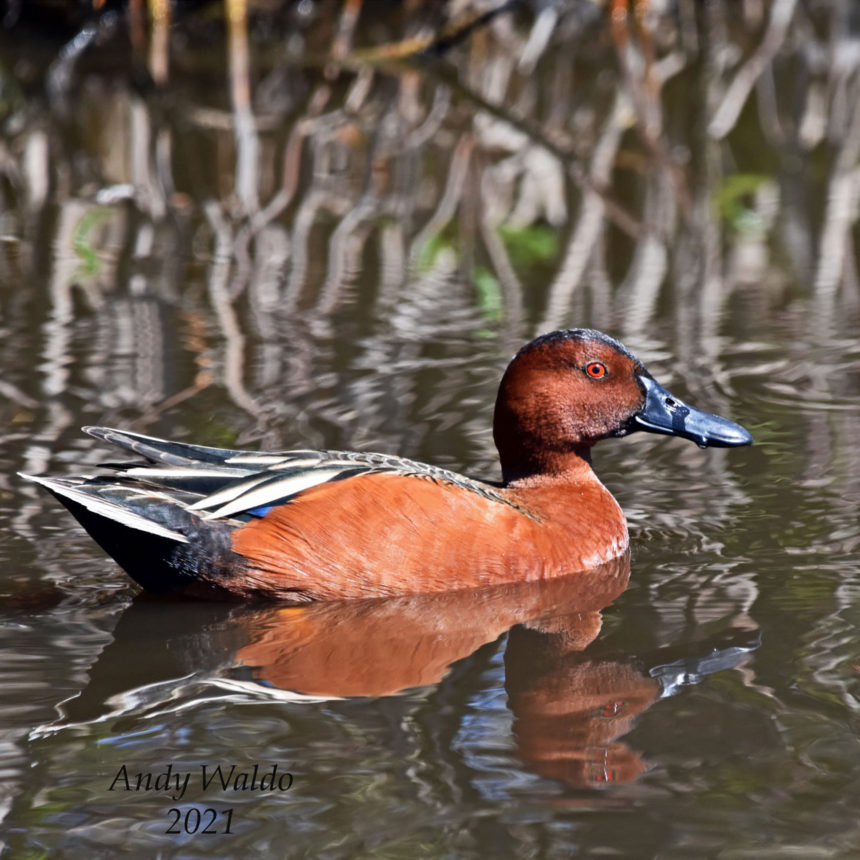
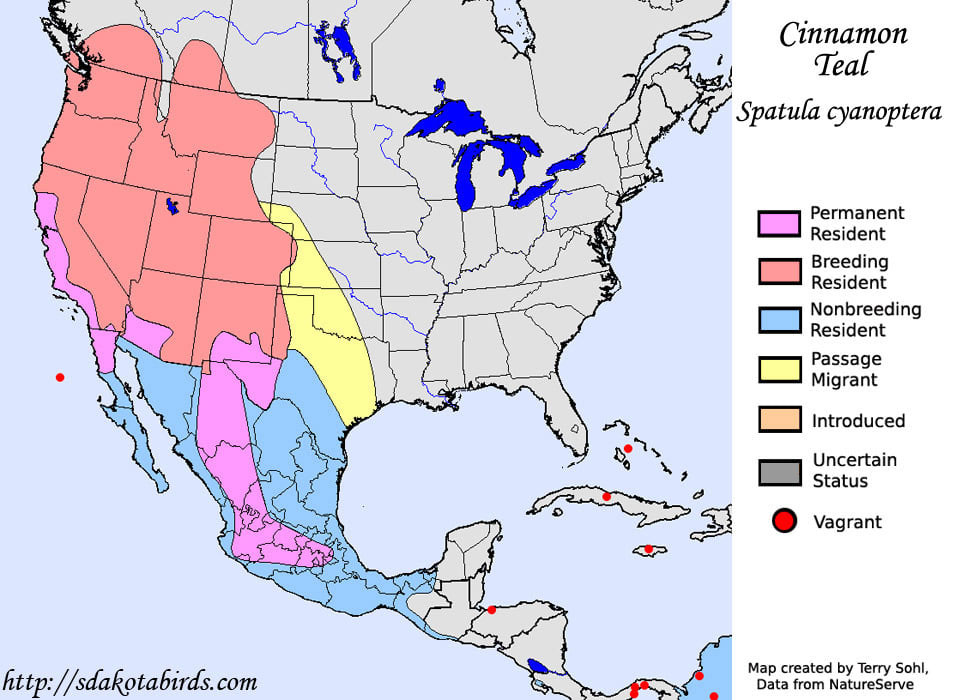
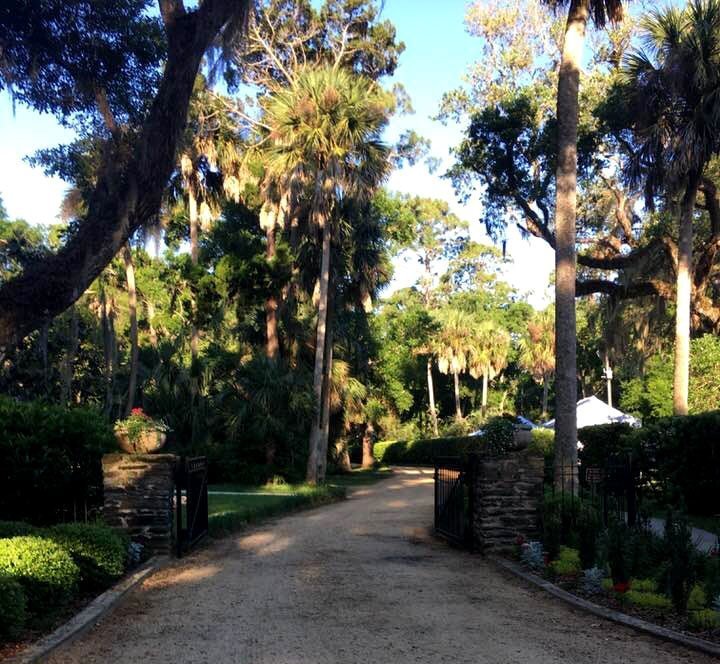
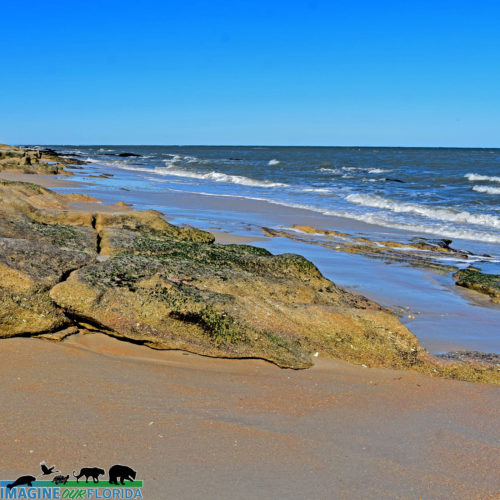
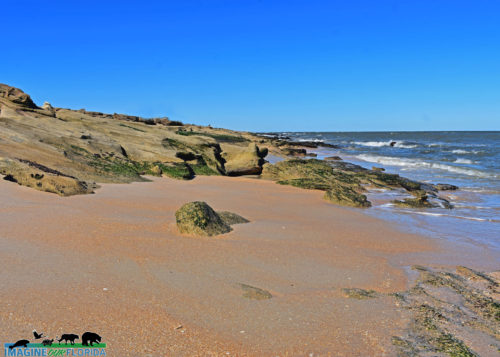
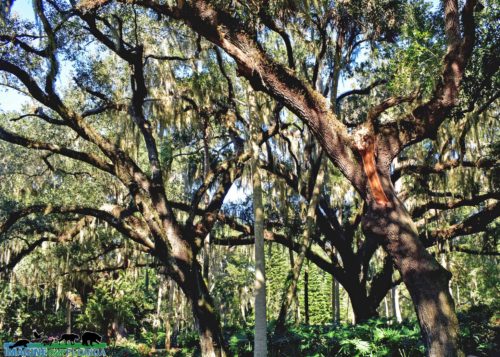
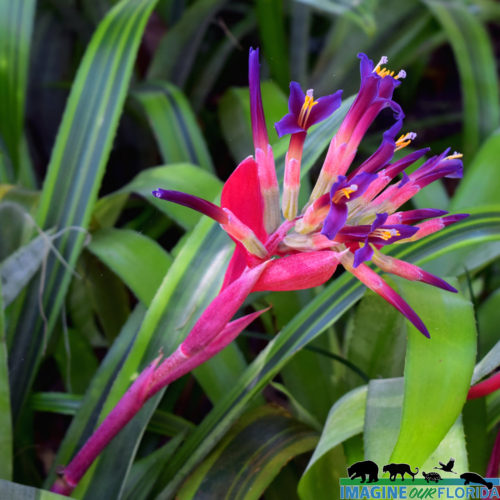

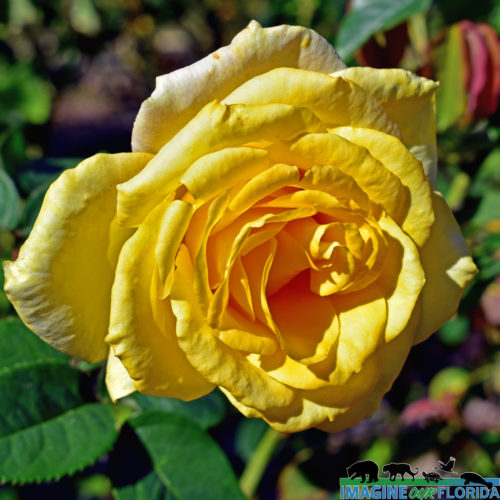
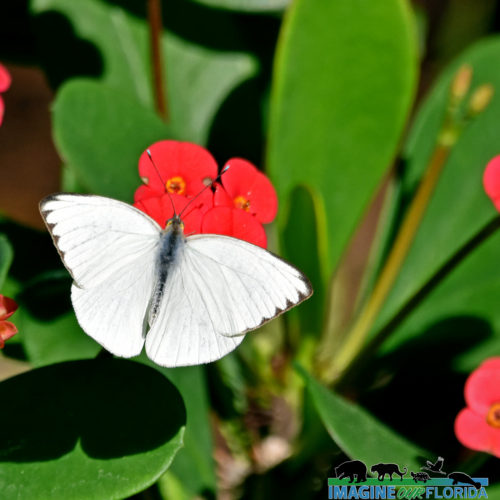
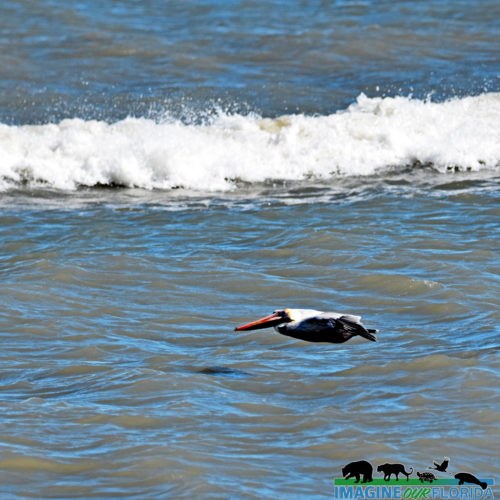
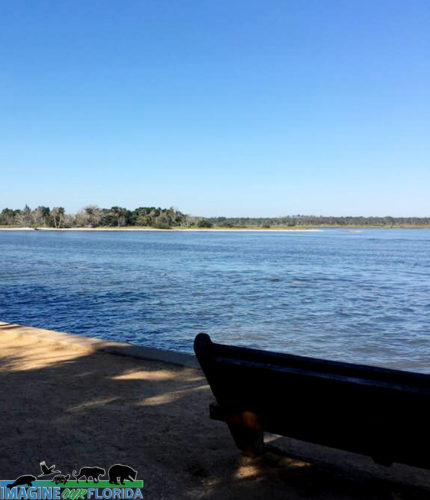
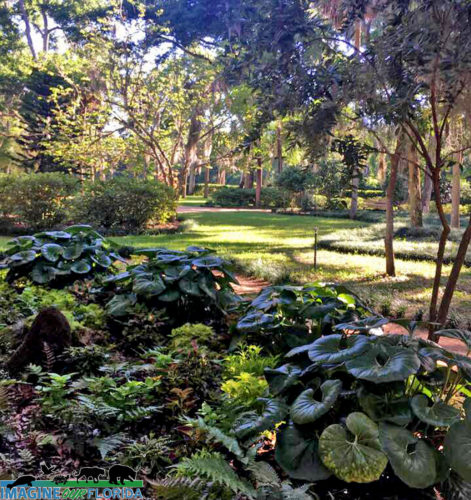
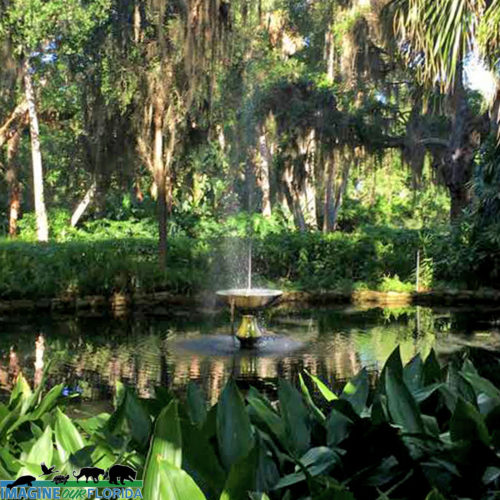
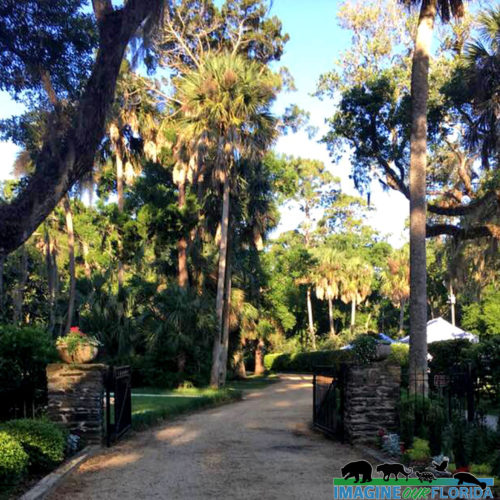
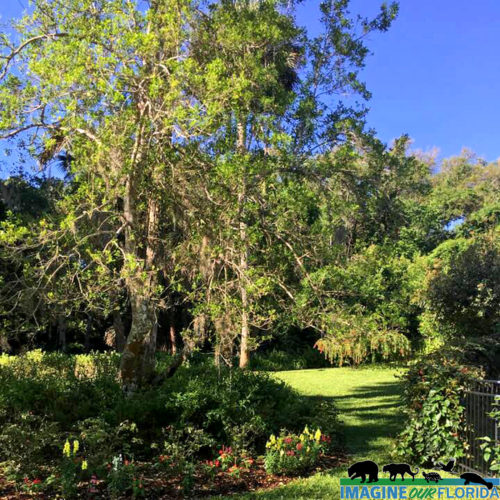
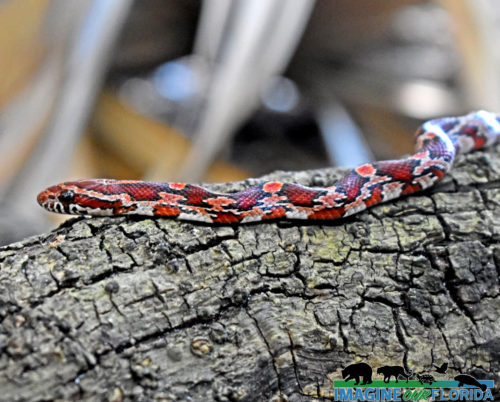
Recent Comments